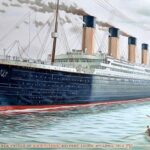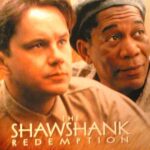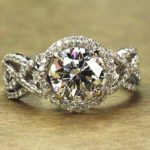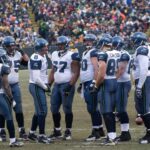Thinking about getting a new hairstyle? If you don’t know where to look for inspiration, how about checking out the most popular hairstyle from the year you were born? You were too young to try it the first time around — but that doesn’t mean you can’t revive it now.
From the blond bombshell curls of the ’50s to the ’90s grunge look, here are some of the most sought-after hairdos from recent history.
1950 — Victory Rolls
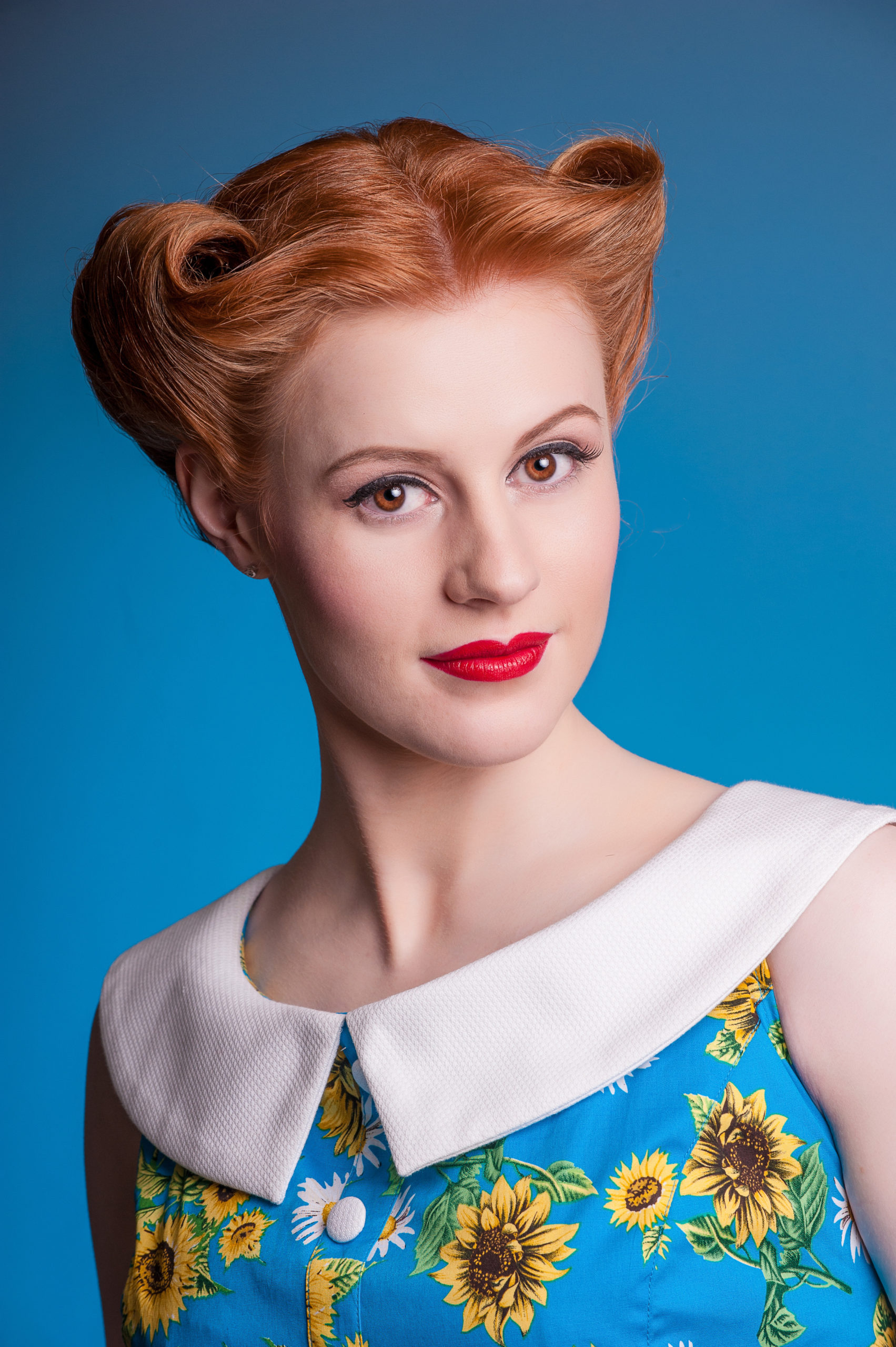
Popular in the 1940s, the victory roll trend carried over into the early ’50s. These sleek, tight curls were set on top of the head to add volume, and were favored by actresses like Lana Taylor. This style was named after the victory maneuver of fighter planes doing loop the loops during World War II.
1951 — The Poodle Clip
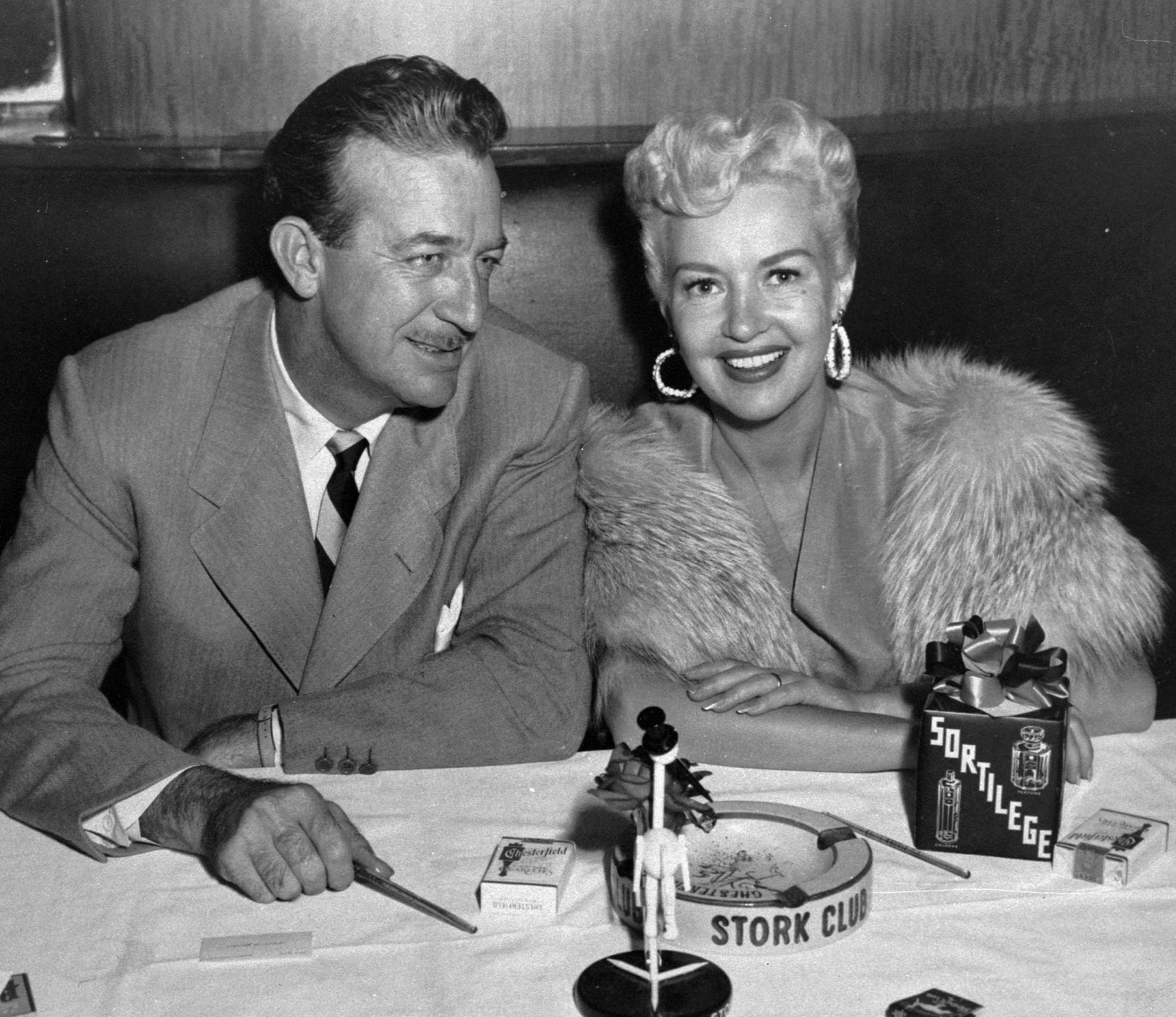
Not many hairstyles are named after a dog breed, but the poodle clip, which was sleek on the sides and curly on top, is an exception. Many celebrities during the early ’50s, including Betty Grable (pictured), Peggy Garner, Faye Emerson and Lucille Ball, loved this neatly curled style.
1952 — Short Curls
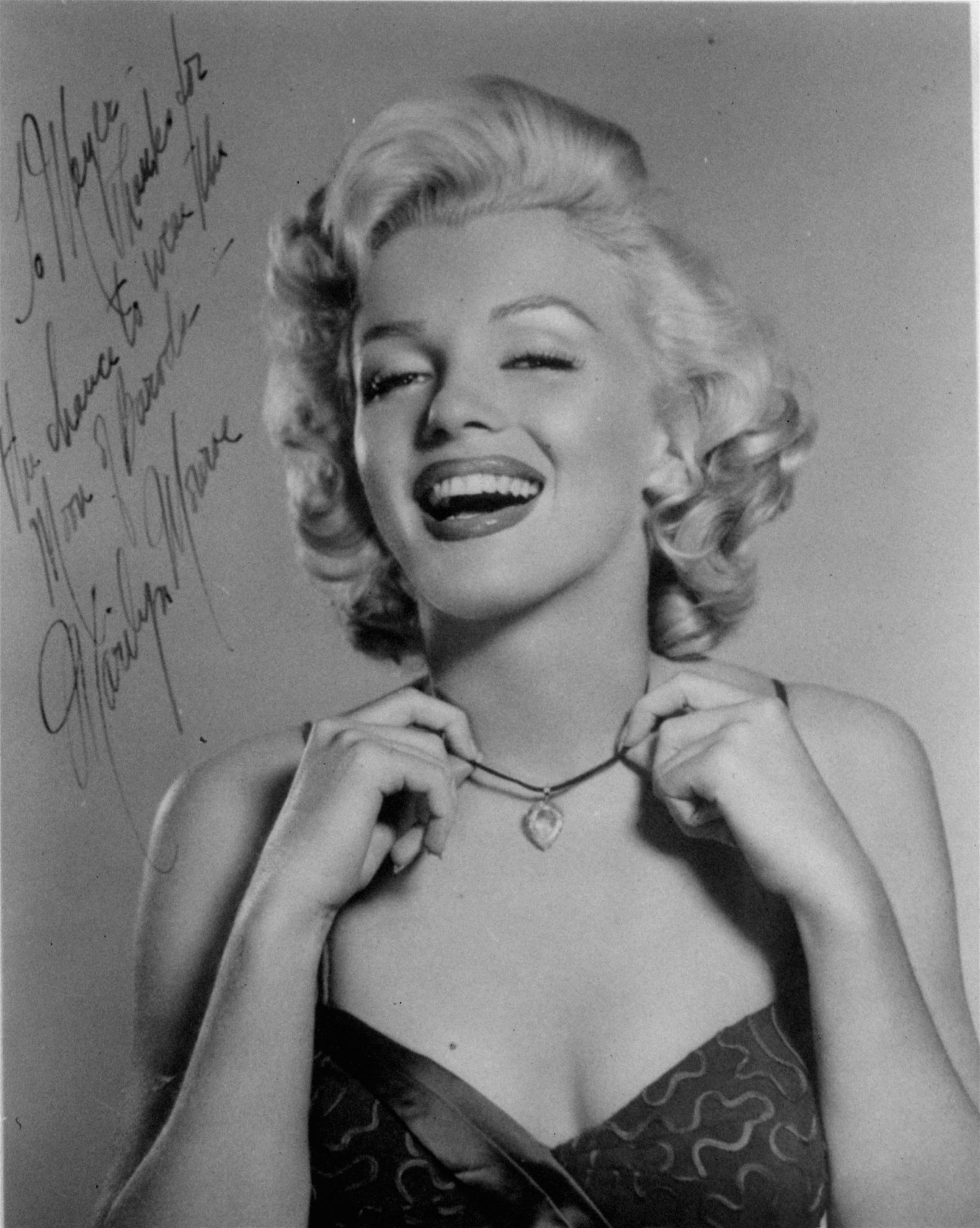
When Marilyn Monroe captivated the world in the early ’50s, her signature bob with smooth curls became one of the most sought-after styles. Throughout her life, Monroe stayed true to her blond curls … even though she was actually a natural brunette.
1953 — The Cap Cut
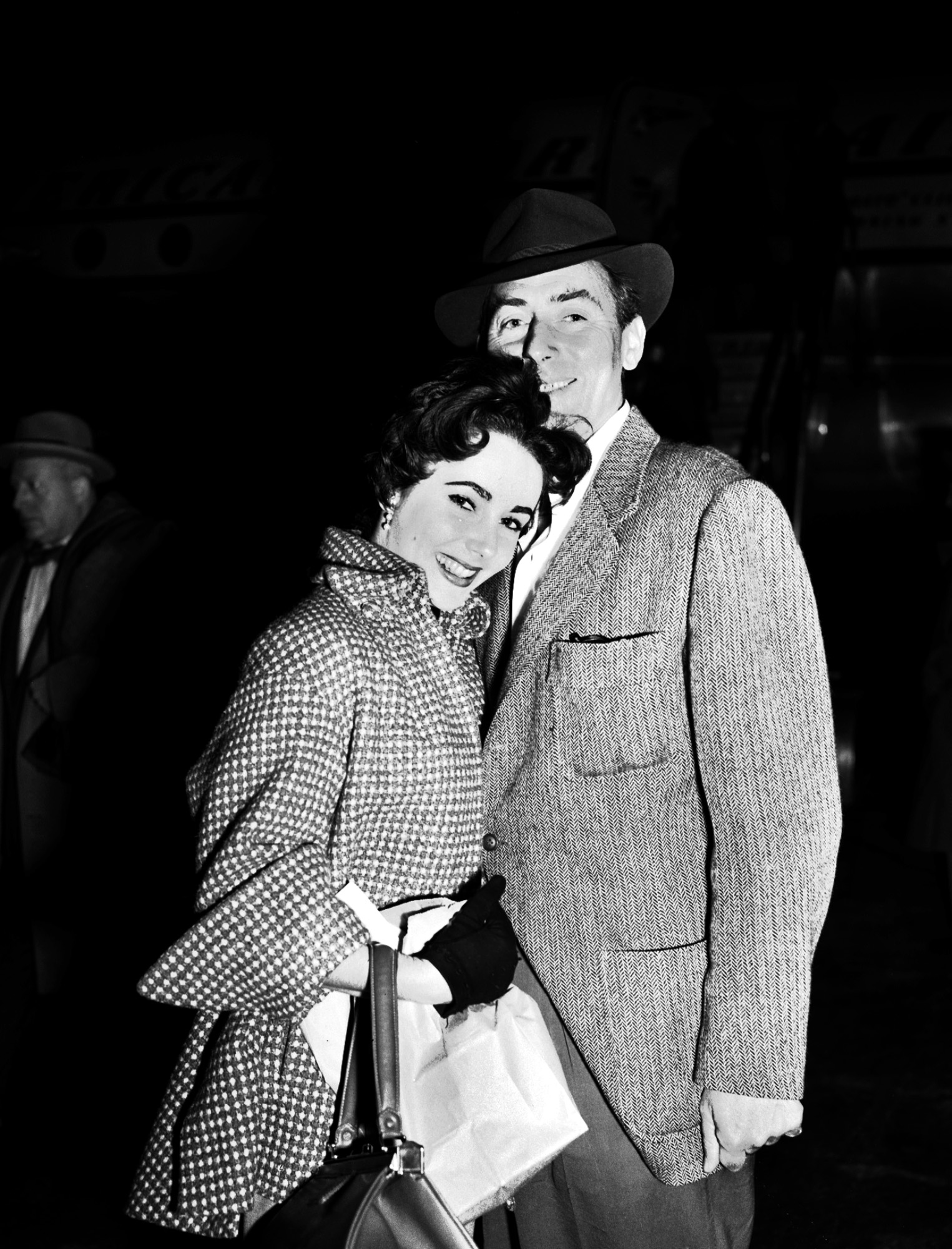
Many women chopped off their hair after seeing Audrey Hepburn in the movie “Roman Holiday,” which was released in 1953. Elizabeth Taylor went one step further with the popular “cap cut.” It was basically a pixie cut, but with more length and volume on top.
1954 — ‘The Sabrina’
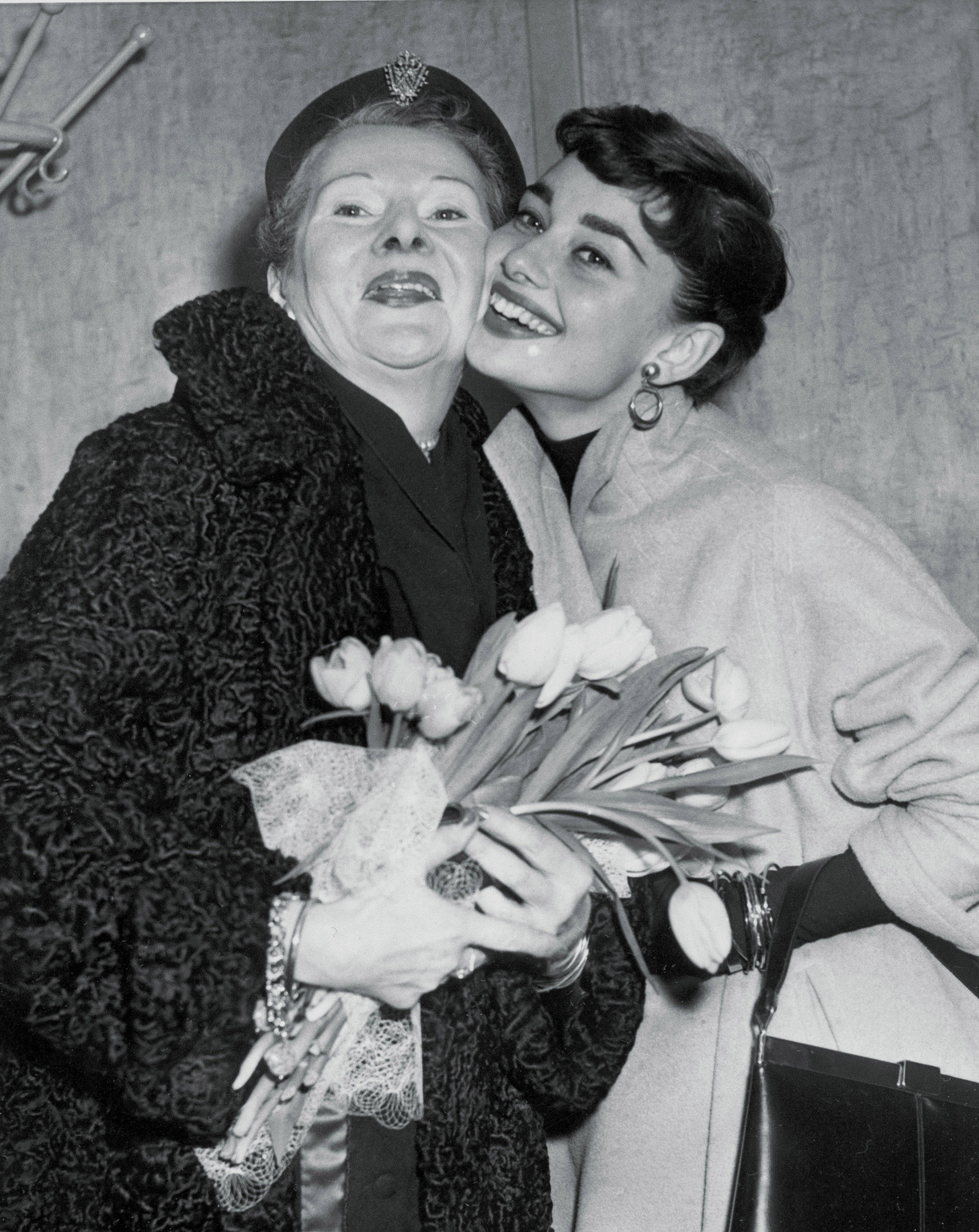
Nobody set a hair trend in motion more quickly than Audrey Hepburn. In her 1954 release “Sabrina,” Hepburn rocked a pixie cut with super-short bangs. The result was a fresh, modern look, and it became hugely popular.
1955 — The Ponytail
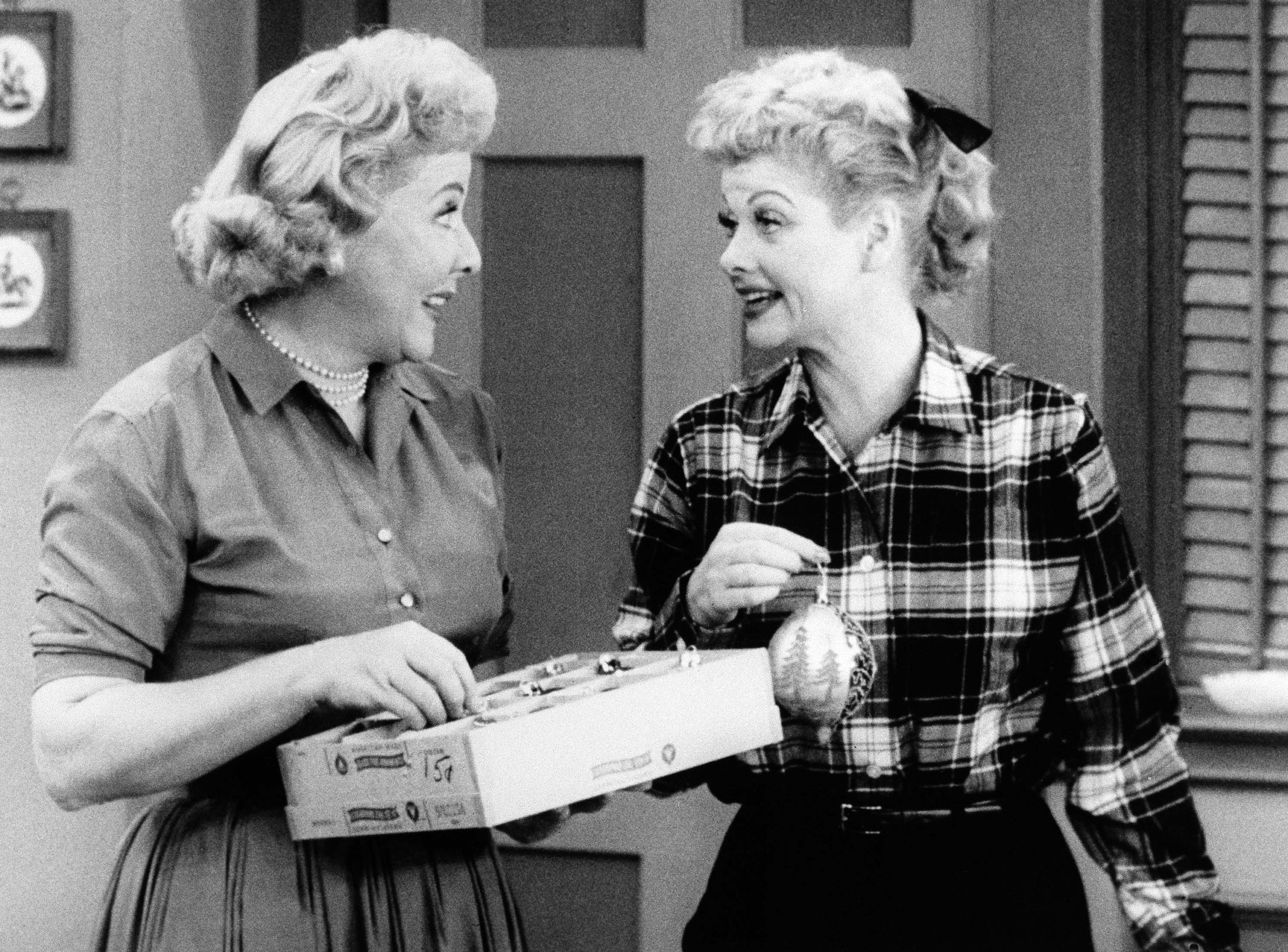
The history of the ponytail can be traced back to ancient Greece, but the simple hairstyle saw a surge in popularity in the mid-1950s. Lucille Ball often sported a curly ponytail adorned with a bow on her hit TV show “I Love Lucy.” Since then, this practical yet chic option has never really gone out of style.
1956 — Shoulder Bob
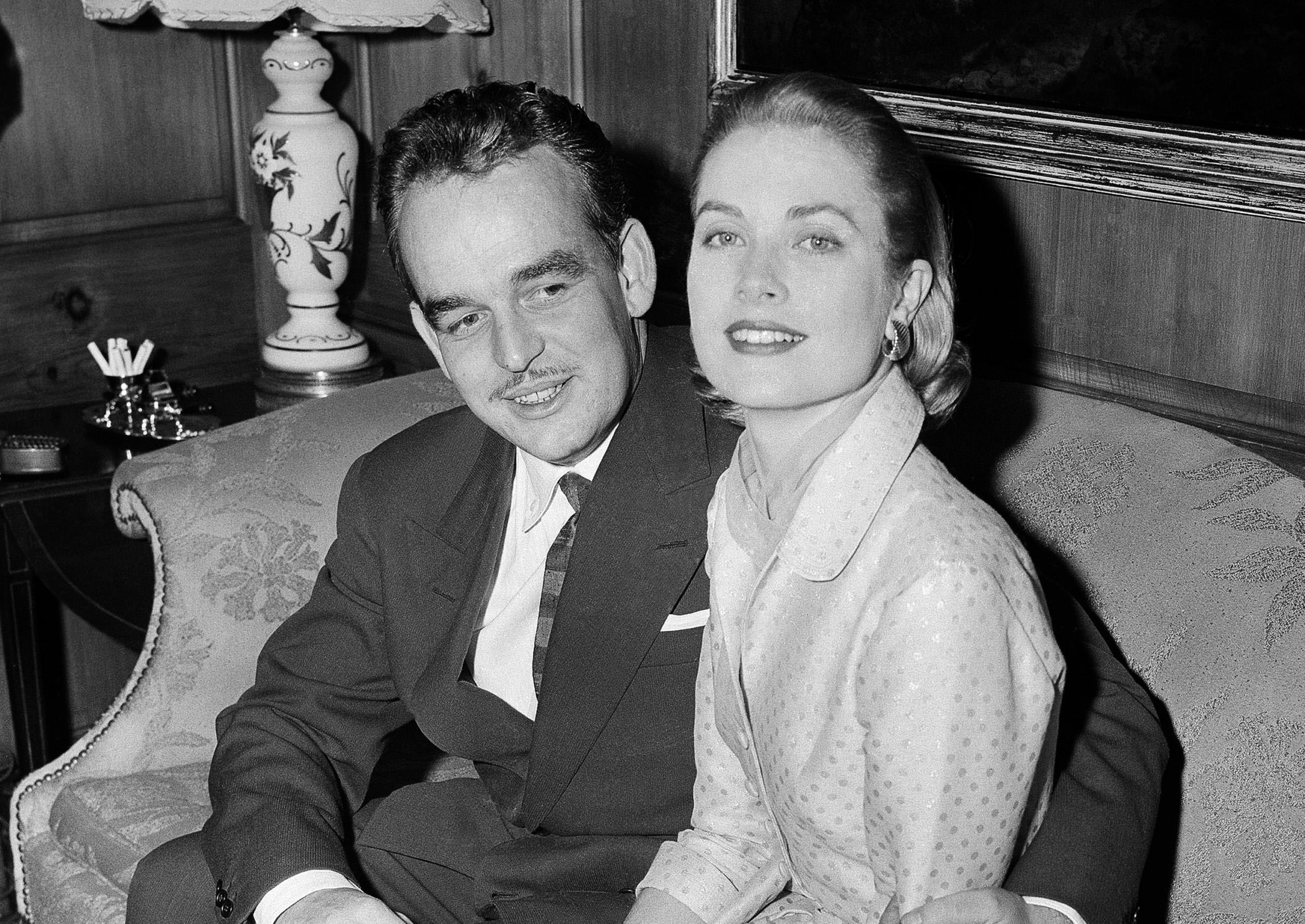
Grace Kelly was no stranger to curls, but she also liked a smoother, sleeker style. Her shoulder-length bob curled at the ends, and inspired many an imitator. Over the years, the bob has gone through various incarnations, but this particular version is hard to fault.
1957 — Soft Curls
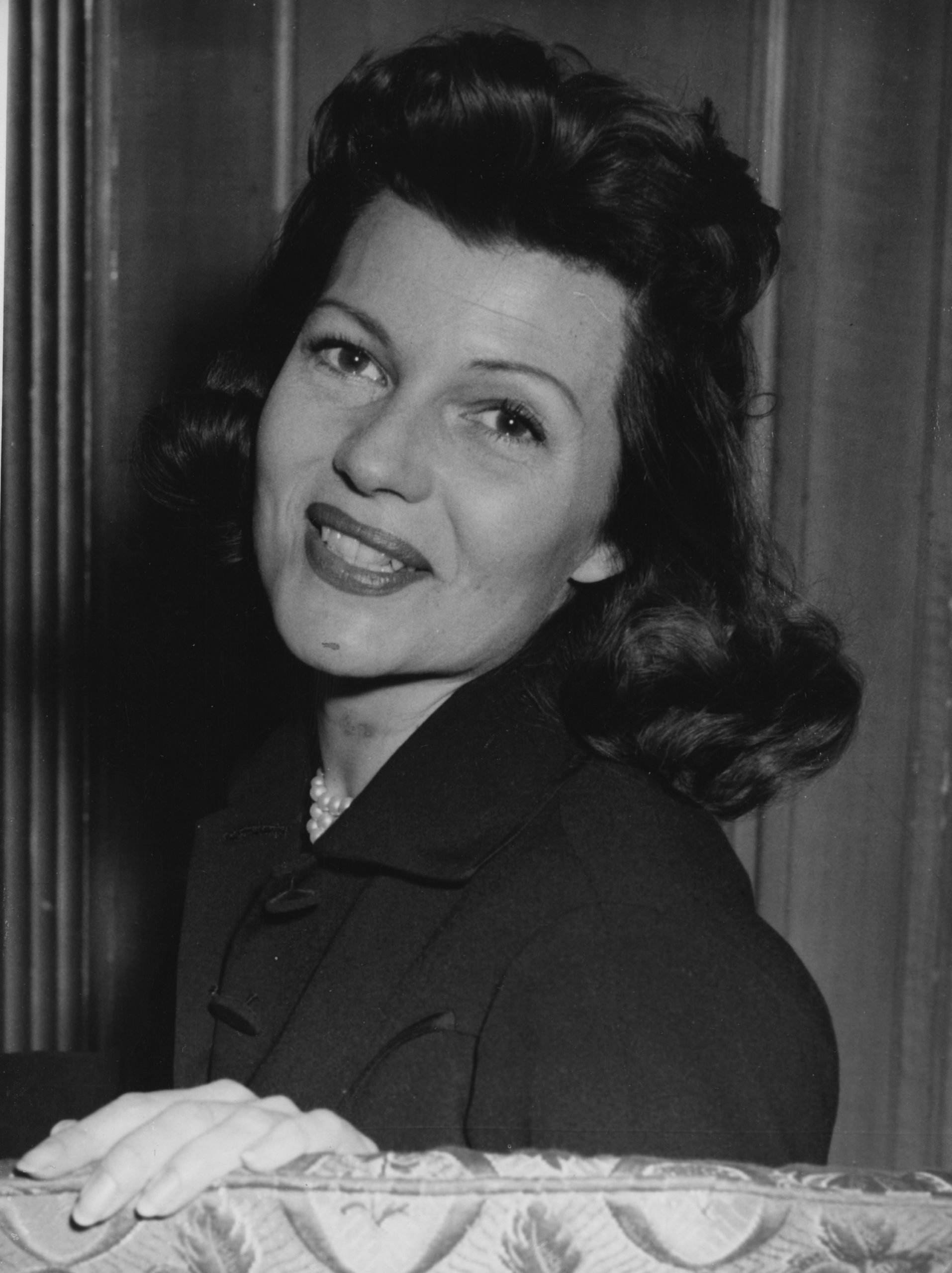
For women with long hair, Rita Hayworth offered an achievable, low-maintenance style with her soft curls. Reminiscent of the Hollywood pinup trend, it was also seen on Elizabeth Taylor and Jayne Mansfield. Part of the appeal was that it worked with a center part, a deep side part or with some extra volume on top.
1958 — The Chignon
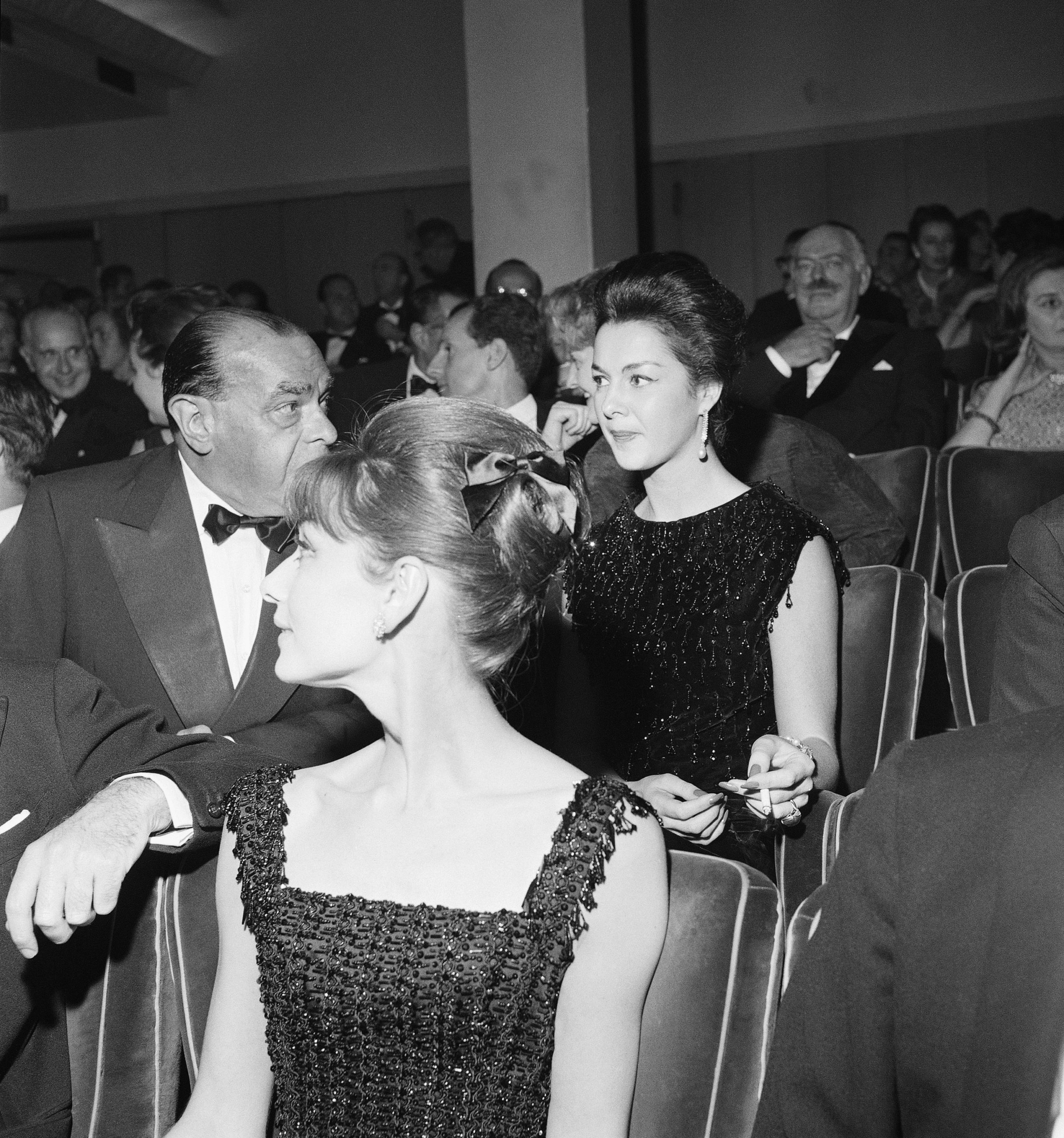
Another style that can be traced back to ancient Greece, the chignon made a comeback in the 1940s. By the late ’50s, it was elegant and formal, and often adorned with accessories like clasps and bows. The word “chignon” is of French origin with meanings that range from “nape,” to “collar” or “chain.”
1959 — Platinum Blond
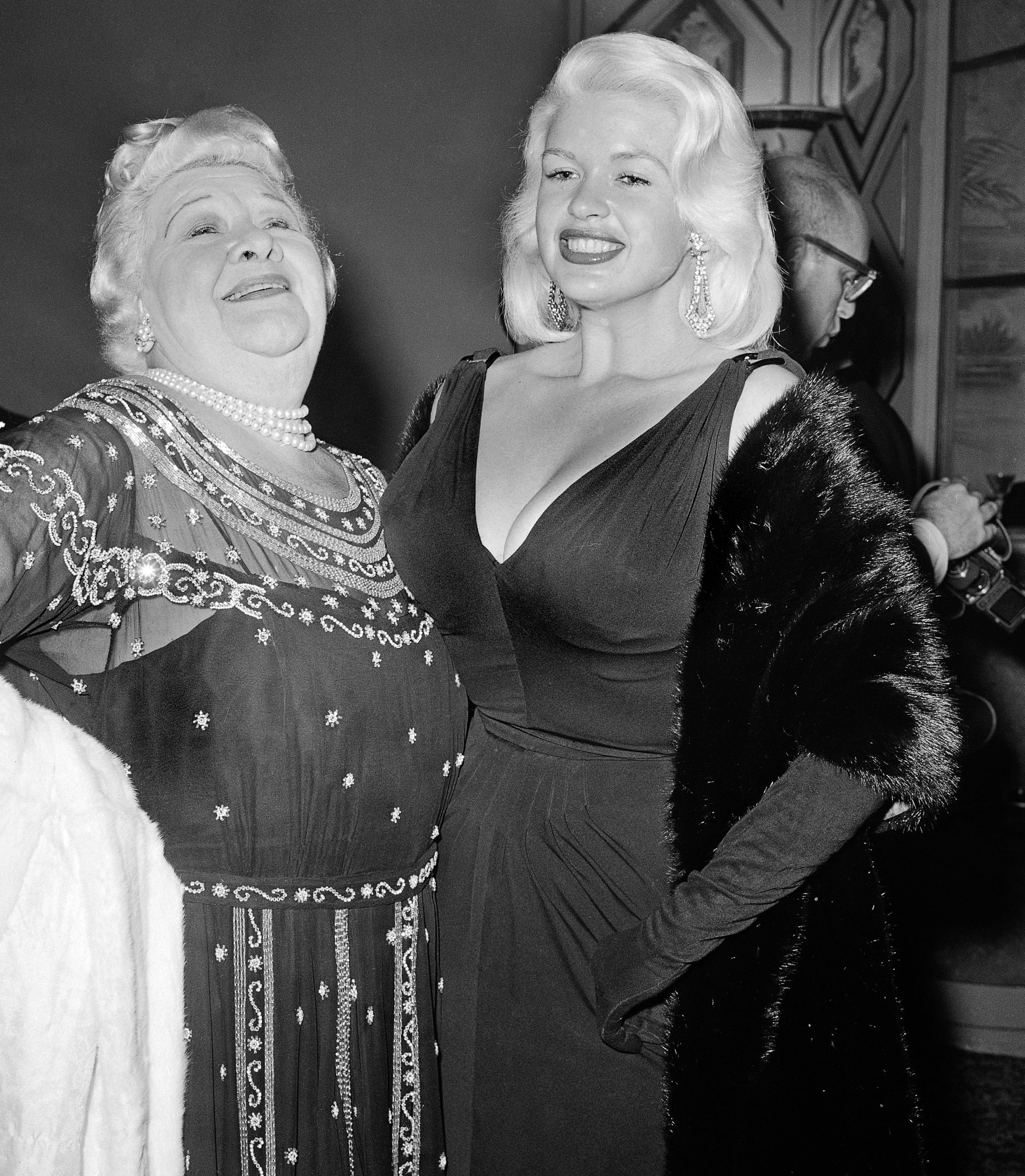
Many stars in the ’20s, ’30s and ’40s bleached their hair. But the ’50s was the decade of the blond bombshell. And it wasn’t only Marilyn Monroe who flew the platinum flag — other Hollywood stars, such as Lana Turner, Kim Novak and Jayne Mansfield (pictured), were known for this look.
1960 — Messy Updo
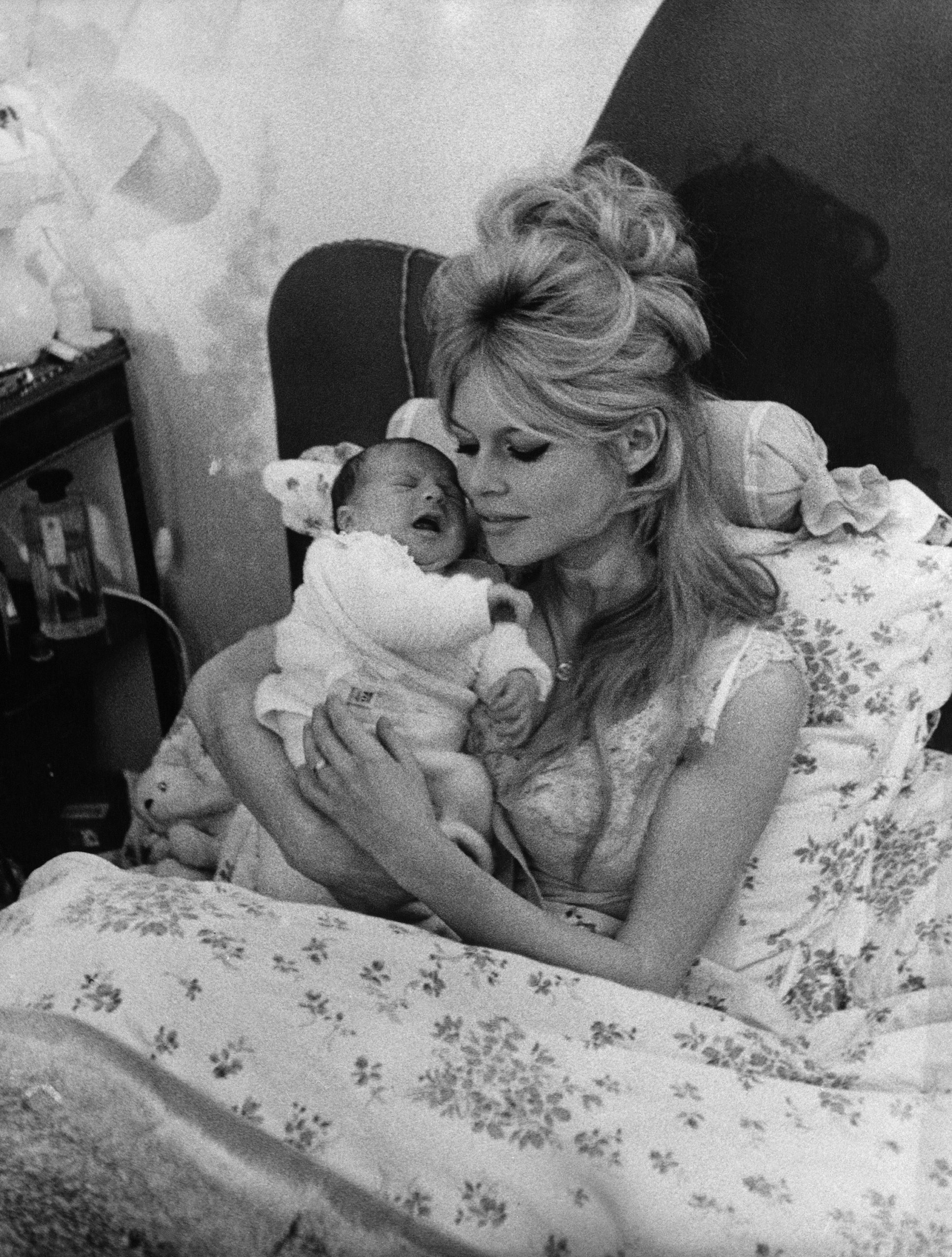
In the ’60s, women moved away from the neater hairstyles of earlier years and went for looser, more natural looks. Brigitte Bardot’s messy stacked updo is the perfect example. This look wasn’t supposed to be perfect, so women could pile their hair on top of their heads however they liked, with the option of leaving some hair down around their shoulders.
1961 — The Bouffant
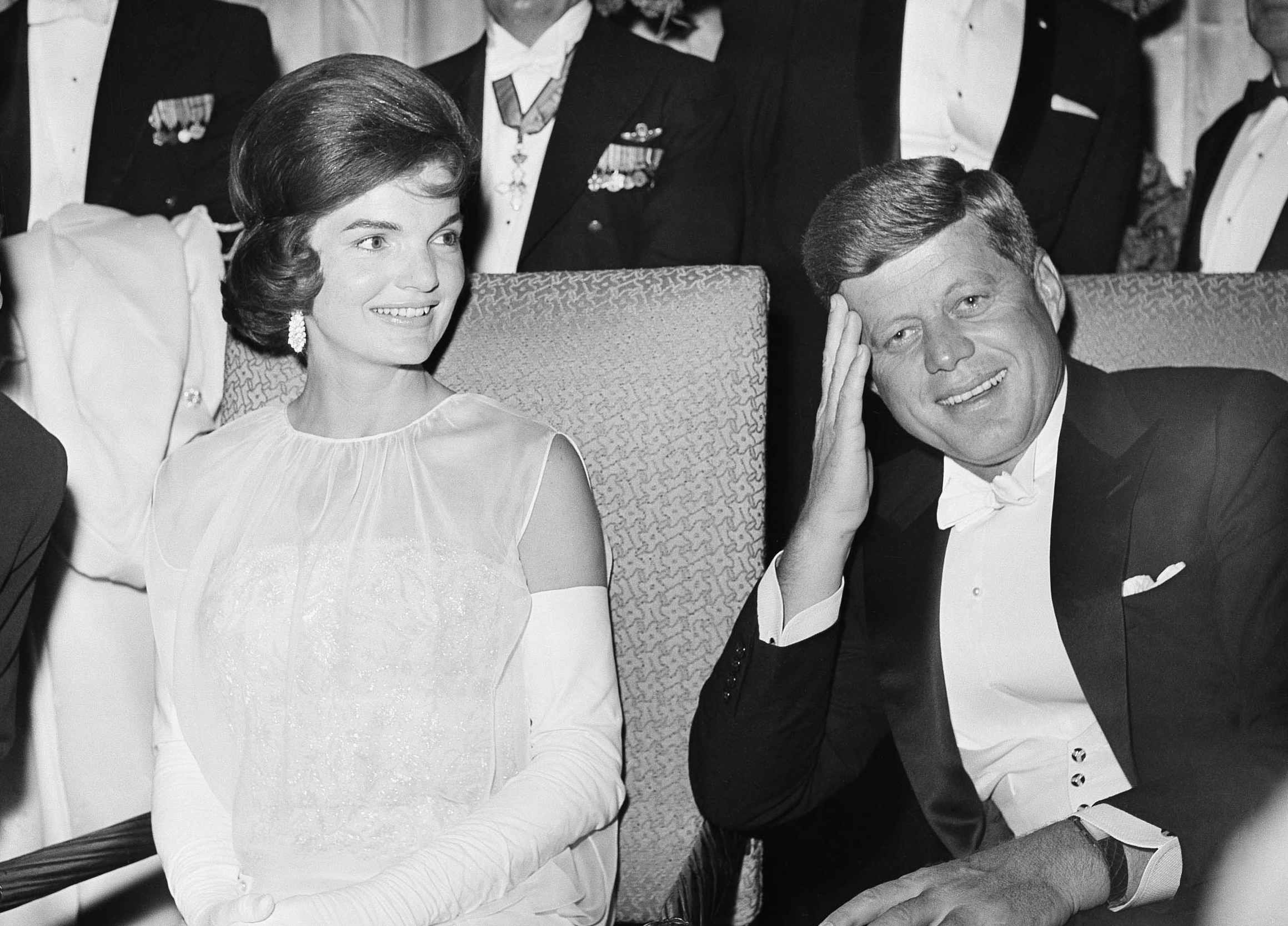
There were numerous versions of the bouffant, from sleek and rounded to tousled and curly. The only requirement was that the hair was high. Famous bouffant-wearers included First Lady Jackie Kennedy, Dusty Springfield and The Supremes, and rumor has it, some of them used hairpieces on their crown to add even more “bouff.”
1962 — The Flick Up
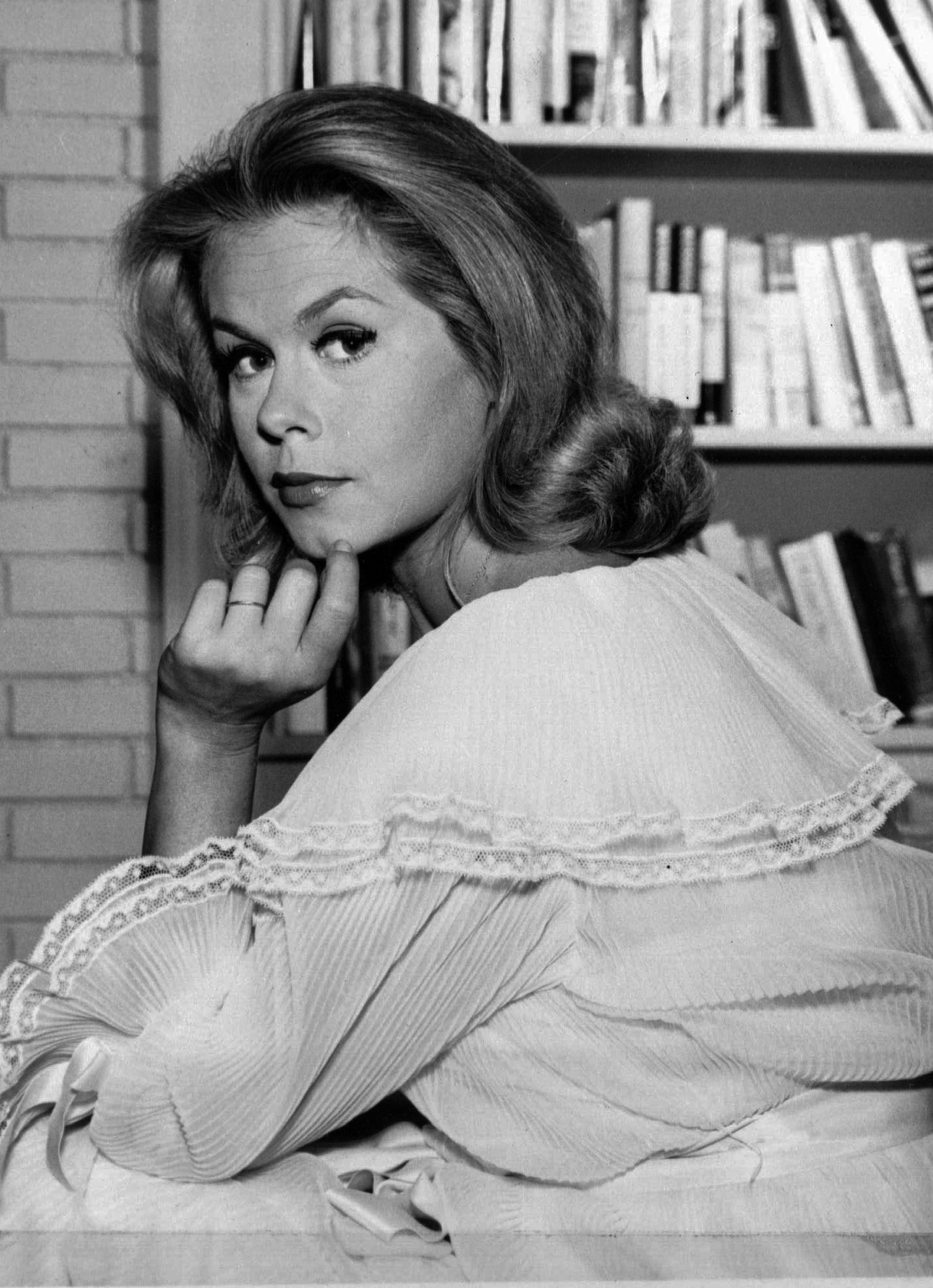
An easy-to-wear, flexible style, the flicked-up bob was seen on everyone from Elizabeth Montgomery (pictured) to Jackie Kennedy. Best suited to medium-length or shorter hair, it had a flicked curl all around the ends of the hair. To create the lift and height required at the crown, the hair was set in large rollers.
1963 — Long Bangs And Layers
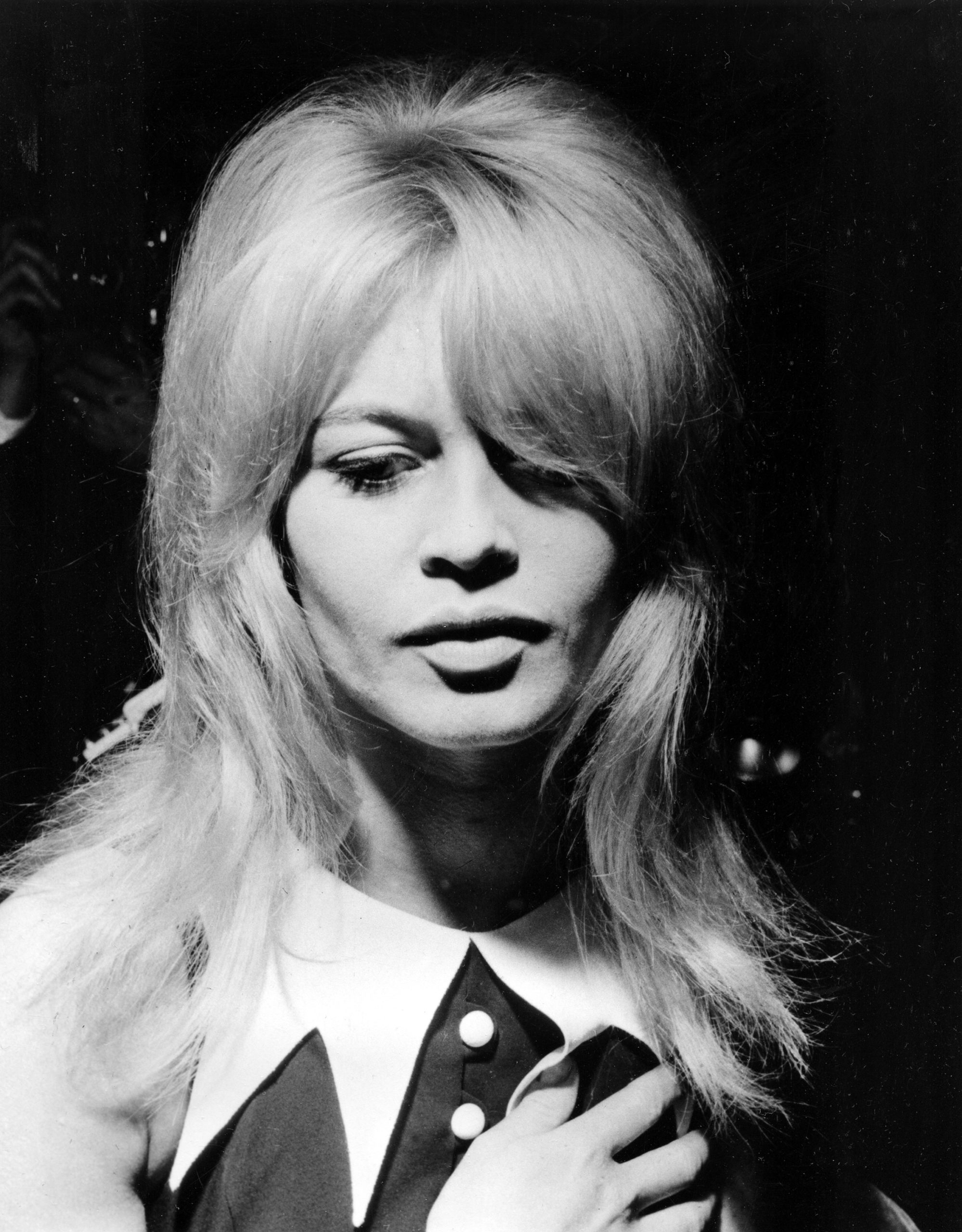
Long hair started to become a trend in the ’60s after decades of medium-length and shorter styles. In the early ’60s, there was still a lot of backcombing going on to achieve a smooth bouffant at the crown. Bangs were also beginning to get longer, in the style of Brigitte Bardot.
1964 — Geometric Cuts
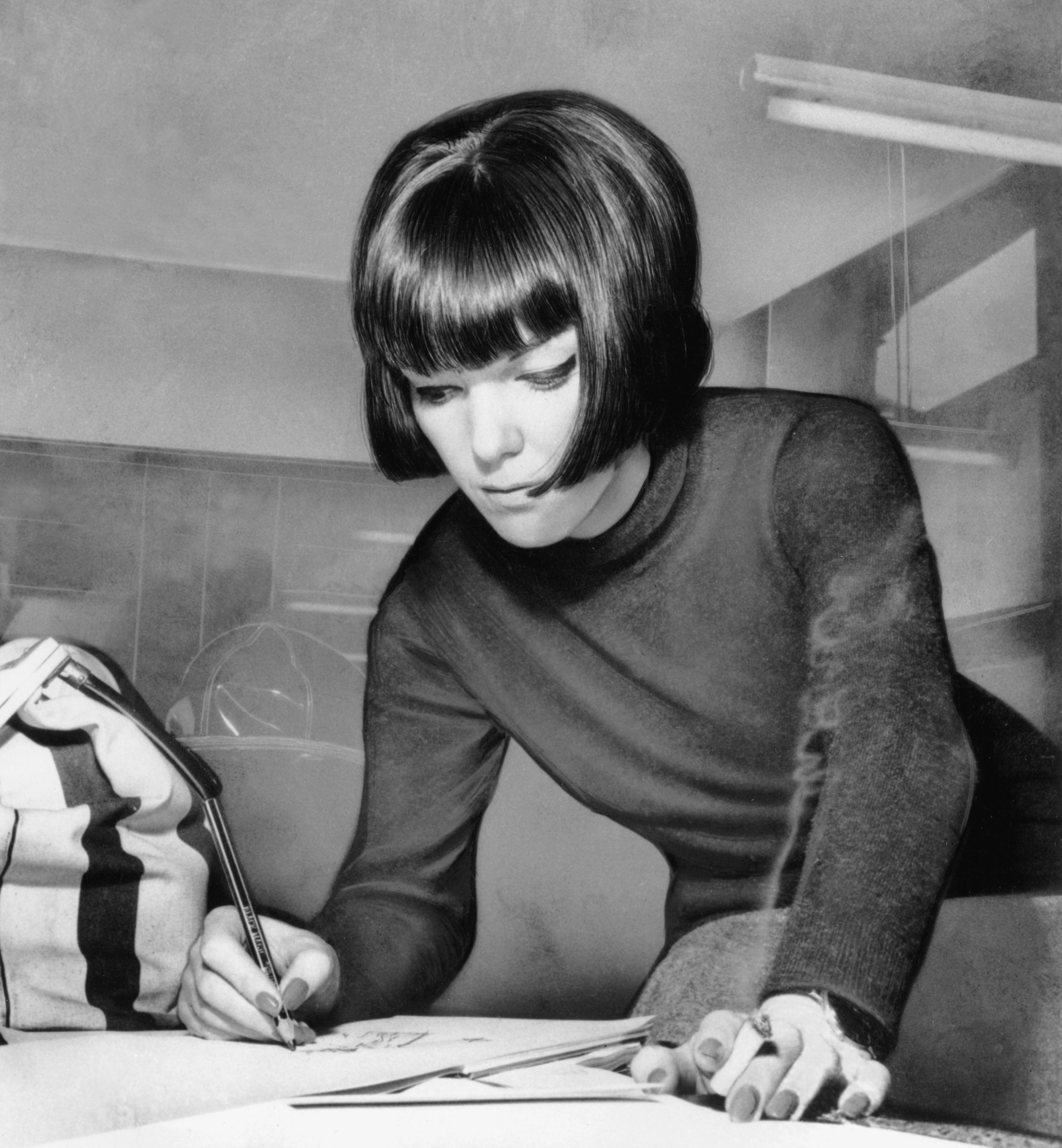
In 1963, hair stylist Vidal Sassoon started creating geometric cuts, which were an innovative contrast to the heavily sprayed, teased bouffants that came before. Actress Nancy Kwan and fashion designer Mary Quant (pictured) modeled short, sleek Sassoon styles, which didn’t need a lot of daily maintenance. However, they did require regular trimming to keep those edges sharp.
1965 — The ‘Twiggy Cut’
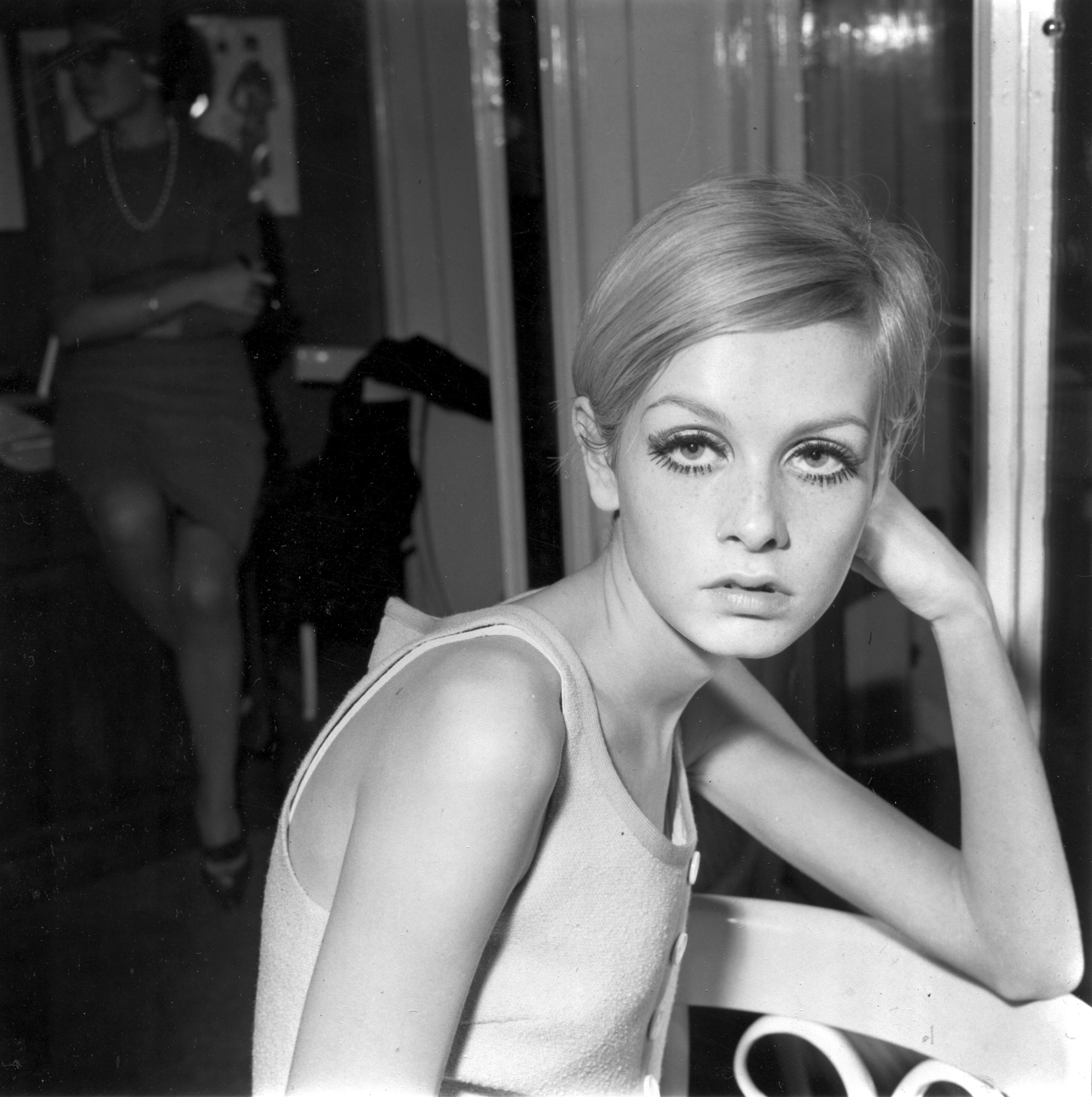
British actress, model and style icon Twiggy (Lesley Hornby) was so well-known for a pixie cut with a deep side part that it became known as the “Twiggy Cut.” Along with Sassoon’s geometric cuts, the Twiggy Cut became synonymous with the mod trend of the late ’60s. By the time Twiggy visited the U.S. in 1967, she was an international star.
1966 — Pixie Cut
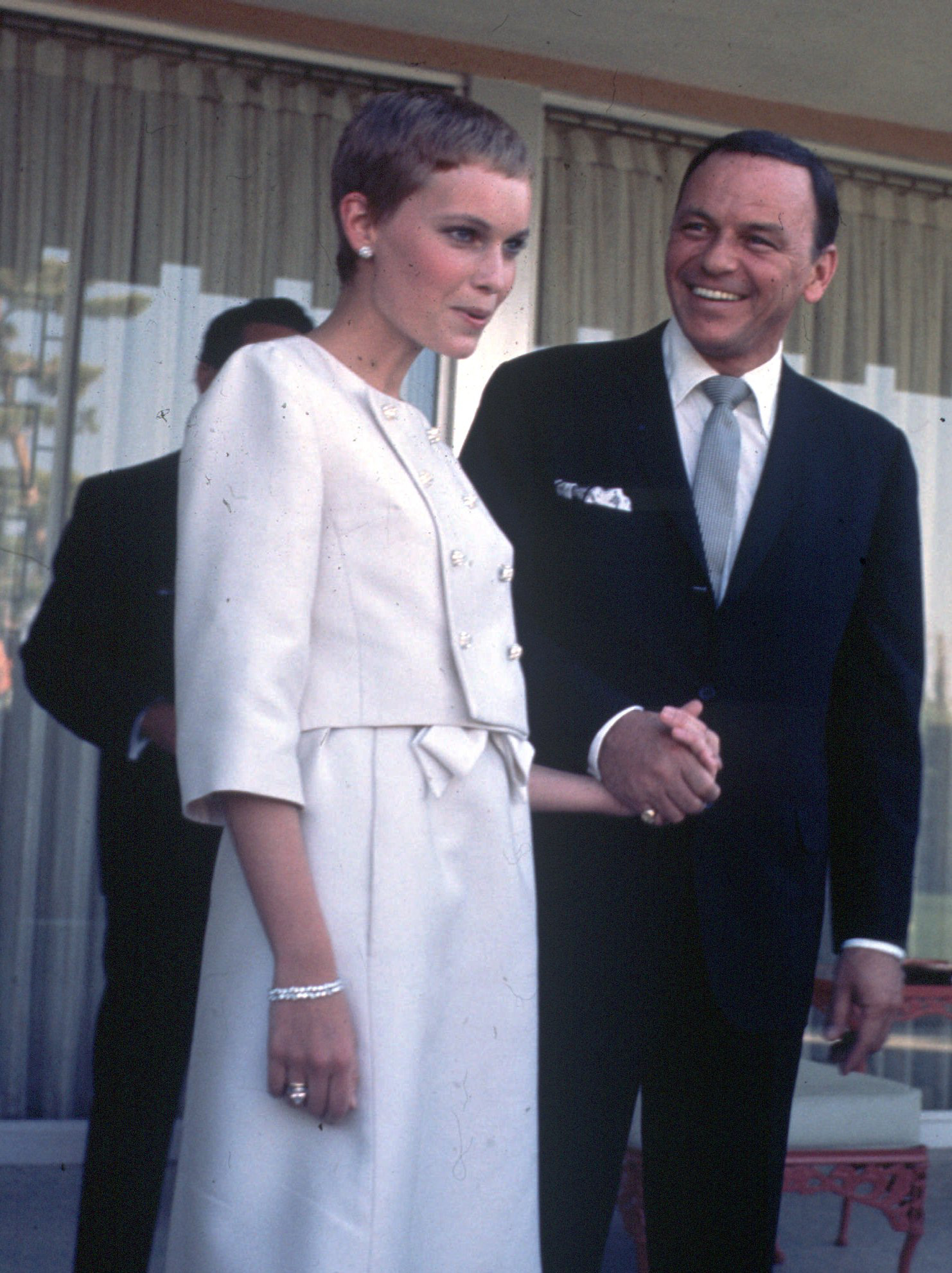
Actress Mia Farrow went from having long hair to sporting a very short pixie cut during her time on the soap opera “Peyton Place.” Since then, this cut has been one for women who aren’t afraid to challenge stereotypical notions of femininity. It’s a look that will never go out of style.
1967 — Straight And Shiny
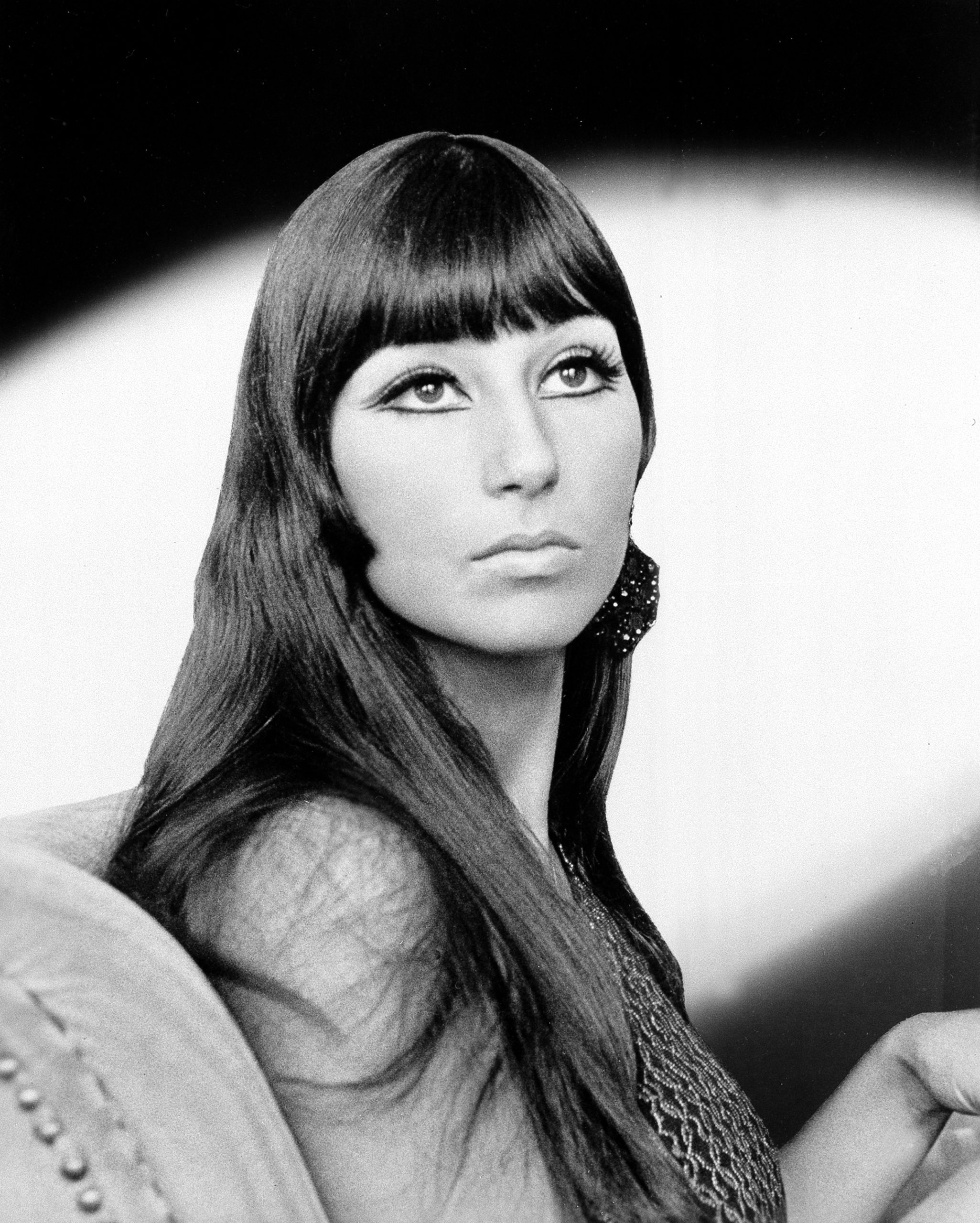
One of the first wearers of long, straight, shiny hair was Cher, who was a ’60s style icon after the global success of her duet with Sonny Bono, “I Got You Babe.” Of course, this was long before flat irons were commonplace, meaning women often used clothing irons to achieve this ultra-straight look. It didn’t matter if you had bangs like Cher or kept it all one length — the silky finish was what really mattered.
1968 — The Beehive
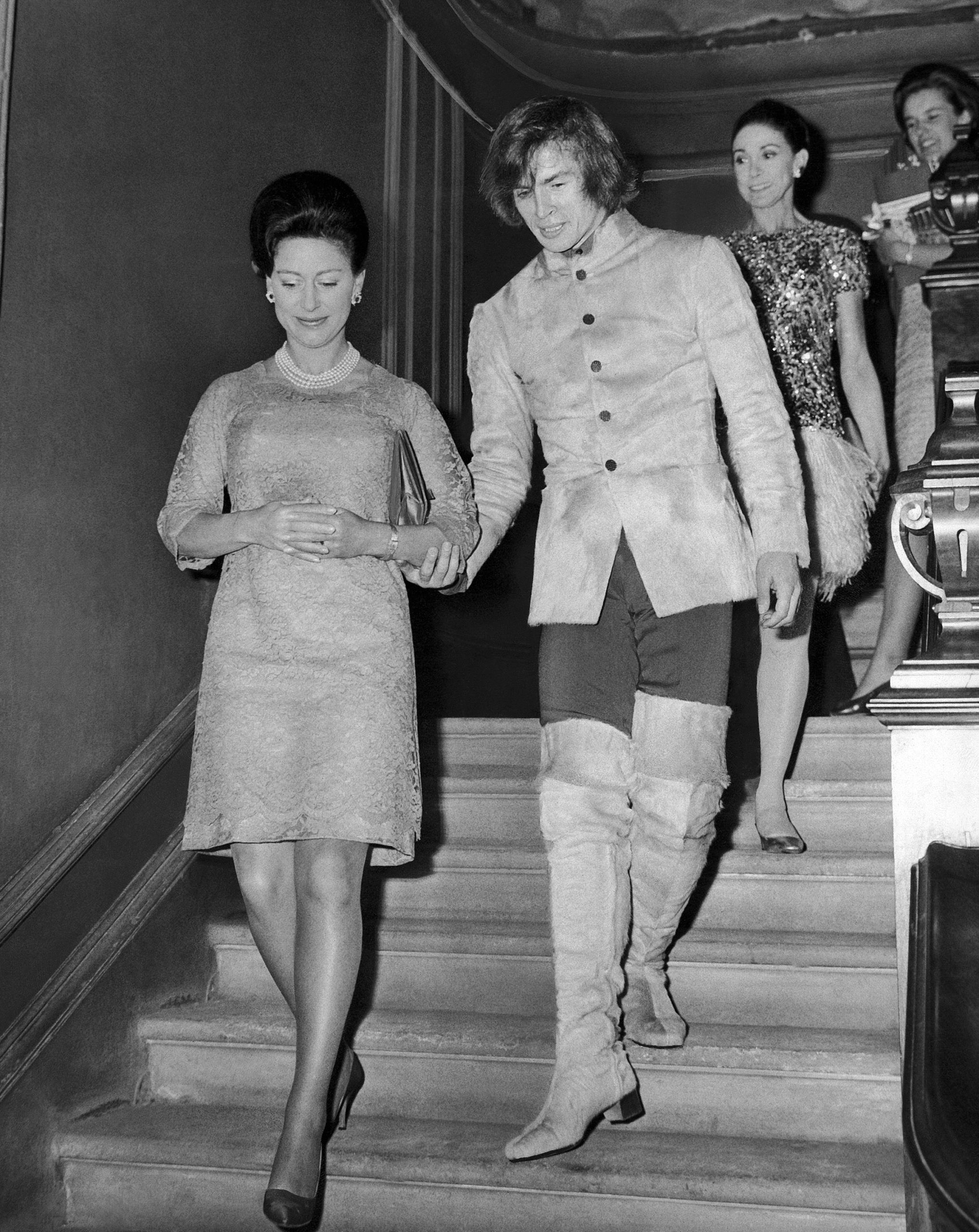
The Beehive was a hugely popular style throughout the ’60s after it was first created by Margaret Vinci Heldt, a Chicago-based celebrity hairstylist. In fact, it became one of the most identifiable hairstyles of the 20th century. Everyone from Aretha Franklin to Princess Margaret rocked a beehive at some point.
1969 — Modern Bouffant
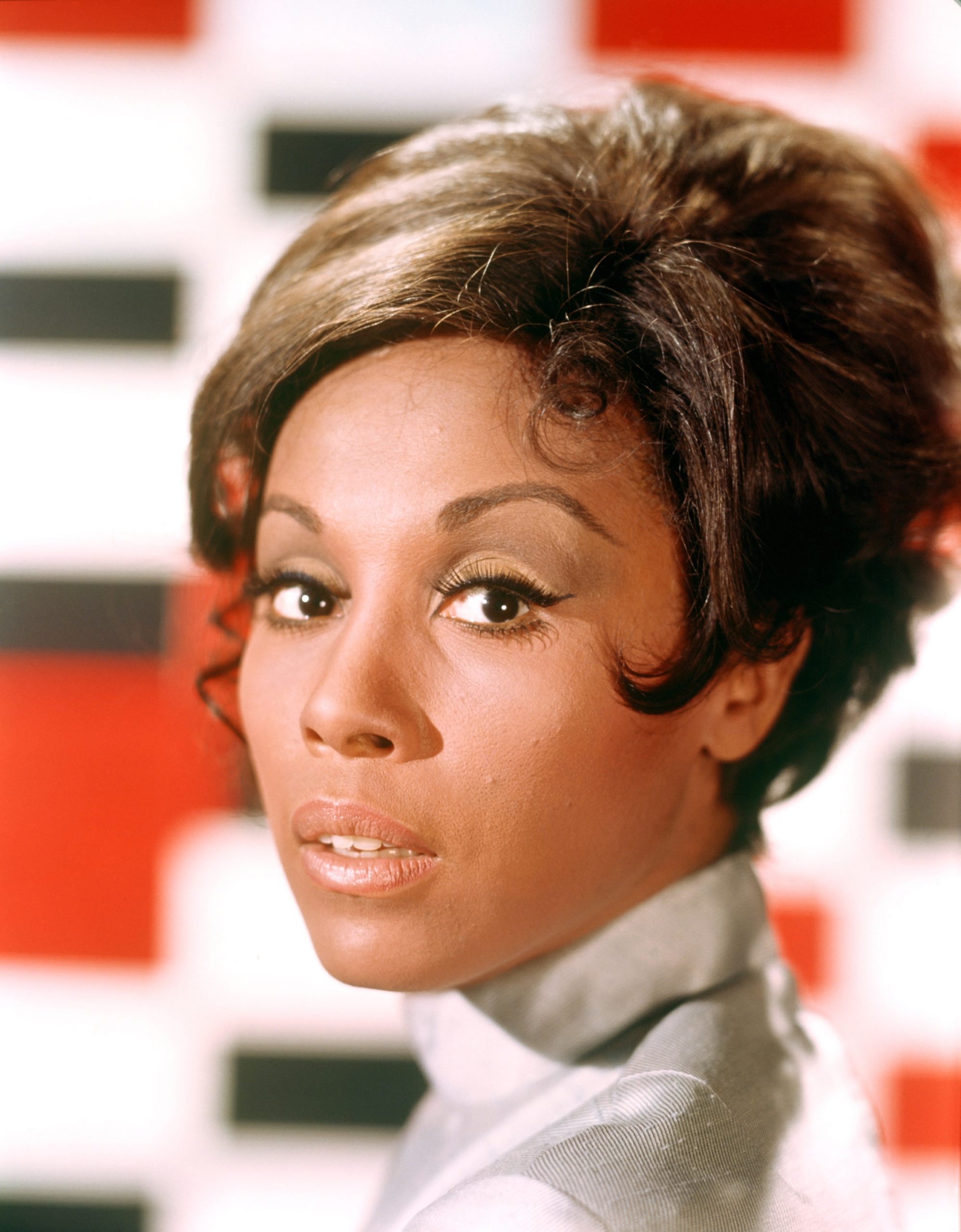
By the end of the ’60s, the bouffant was still as popular as ever, but it got a makeover by celebrities like Diahann Caroll. Carroll, who was the first Black actress to have her own TV show (“Julia”), wore her bouffant short, with curls framing her face. She proved yet again that the bouffant wasn’t one particular look.
1970 — Long With A Center Part
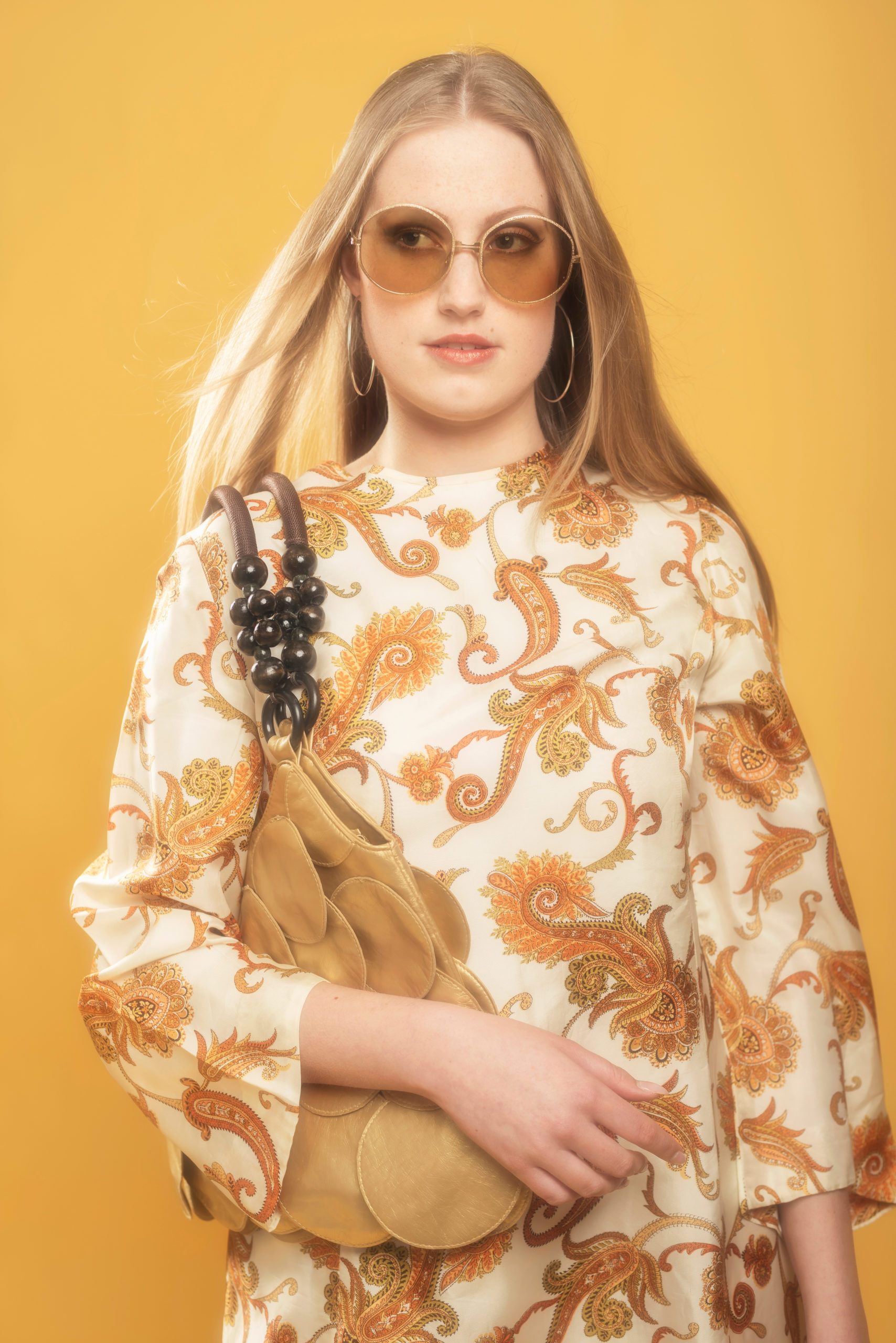
Ali MacGraw and Ryan O’Neal’s 1970 movie “Love Story” was a huge hit, and MacGraw’s hair was just as popular. Her long, simple, center-parted style gave off a charming “girl next door” vibe, and was copied by many. If you didn’t have bangs, it was easy. If you did, patience was required.
1971 — The Shag
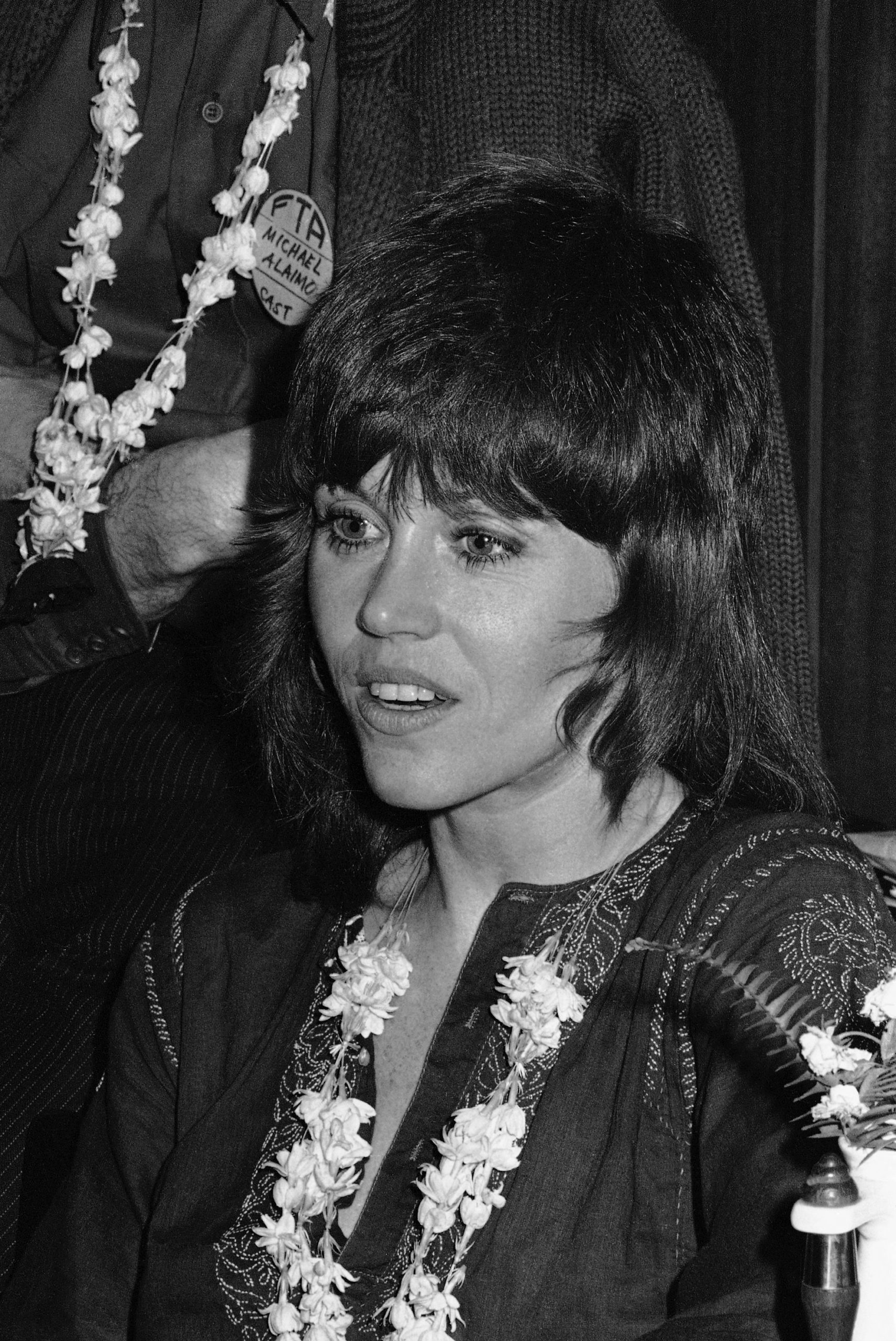
Hairstylist-to-the-stars Paul McGregor invented “the shag,” a forward-thinking, unisex look, in 1971. His model was Jane Fonda, and the setting was Fonda’s movie “Klute.” The film was a hit, and so was the hair.
1972 — The Afro
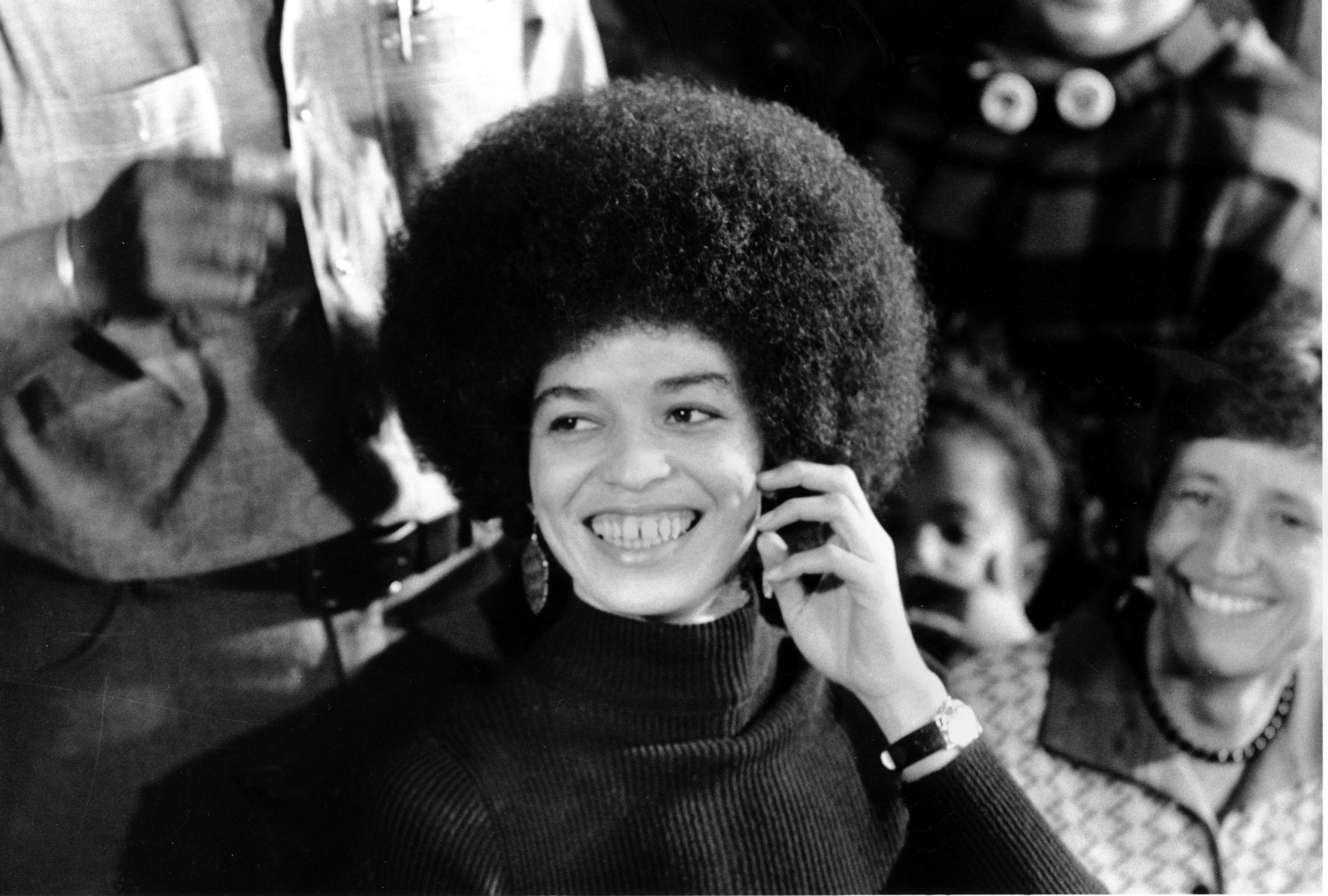
For years, Black women styled their locks into the straight or loosely curled hairdos favored by white women. But many started embracing their tight curls in the early ’70s. Modeled by actress Pam Grier and political activist Angela Davis, the Afro became one of the decade’s most iconic hairstyles.
1973 — Disco Curls
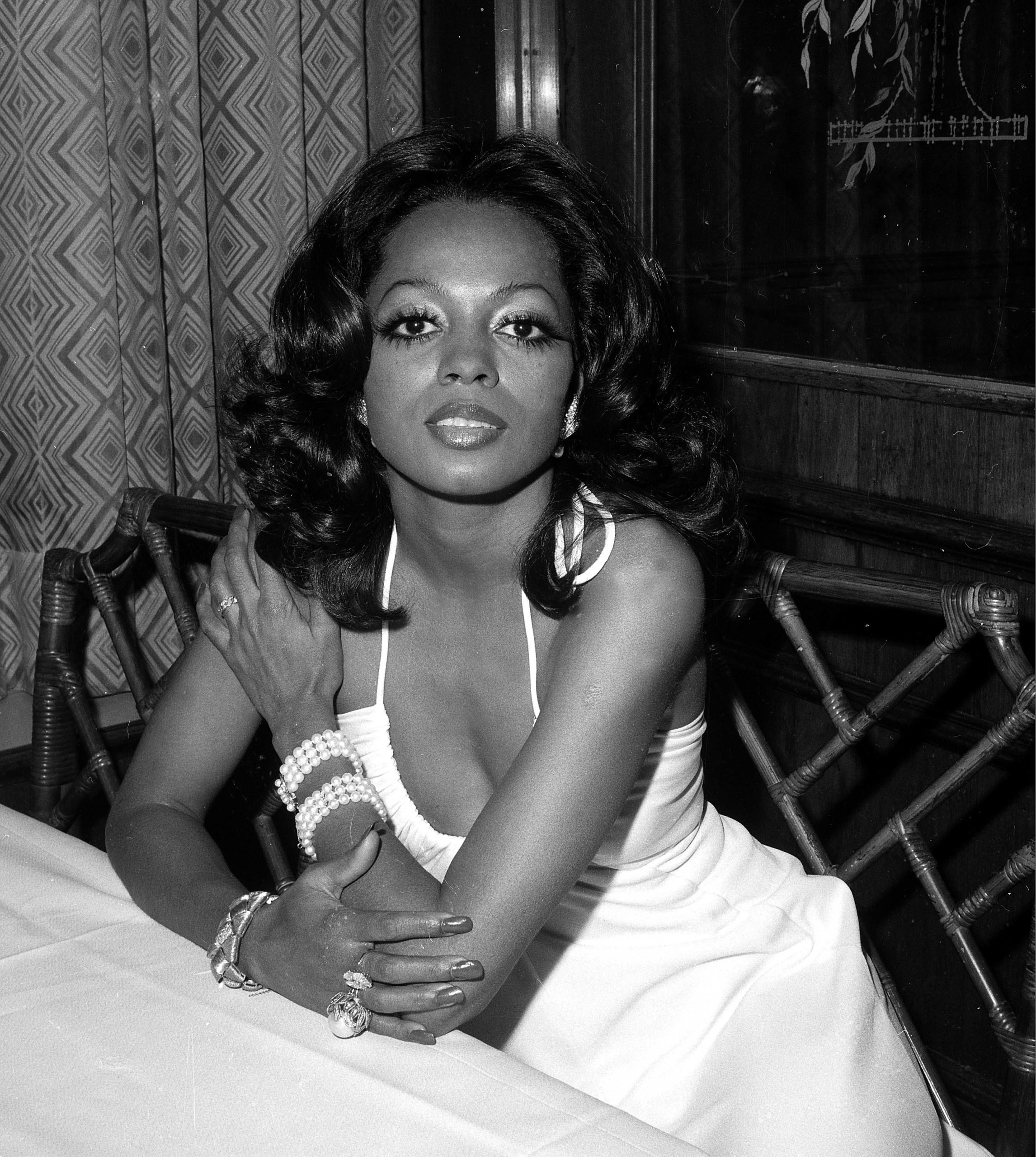
Diana Ross has showed off a range of curly styles over the years, and it’s hard to pick a favorite. But her early ’70s disco curls are among the best of her dazzling ‘dos. Glossy and polished, it was the perfect style for strutting around the dance floor at Studio 54.
1974 — Loose Waves
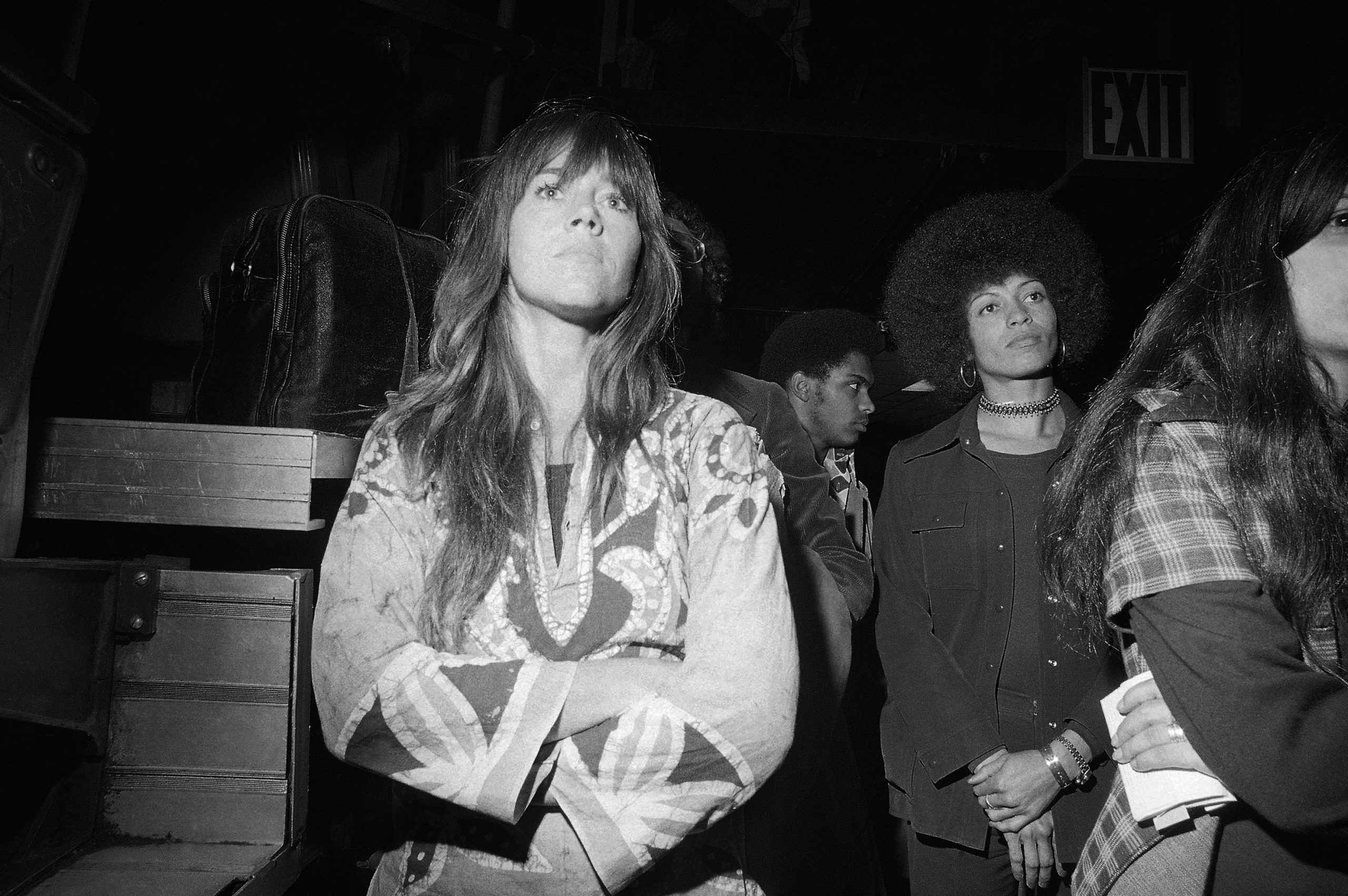
Lauren Hutton, Joni Mitchell and Jane Fonda were among many women who favored a looser, more natural hairstyle. A less structured take on Bardot’s ’60s version, these long, flowing waves emulated the bohemian aesthetic. This was a style that didn’t even need brushed.
1975 — Natural Texture
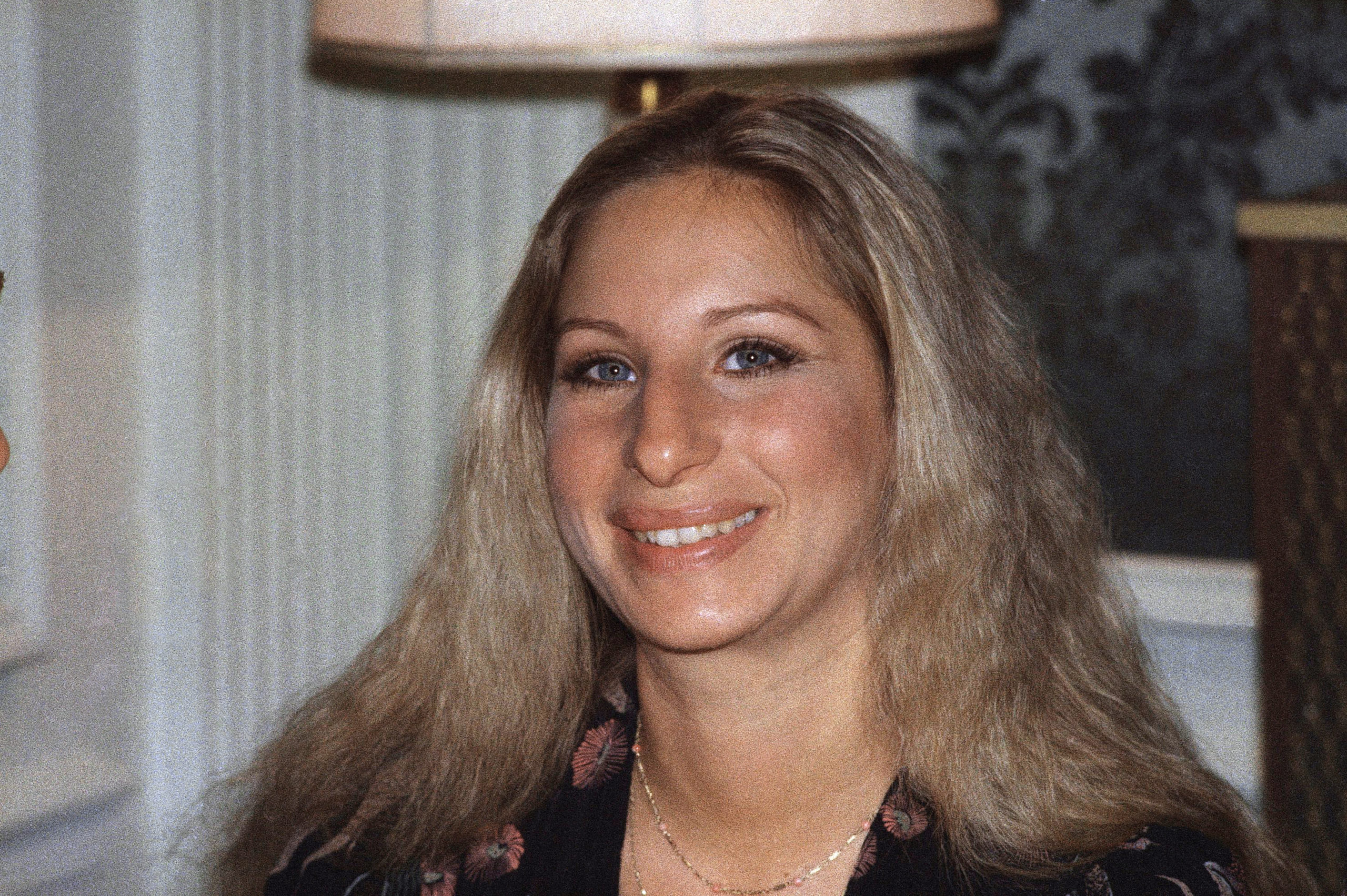
In the 1970s, hair trends veered away from the defined waves, curls and coifs of the previous decade, allowing many women to proudly show off their natural hair texture. Actress and singer Barbra Streisand was one star who often sported an “unfinished” look.
1976 — The Wedge
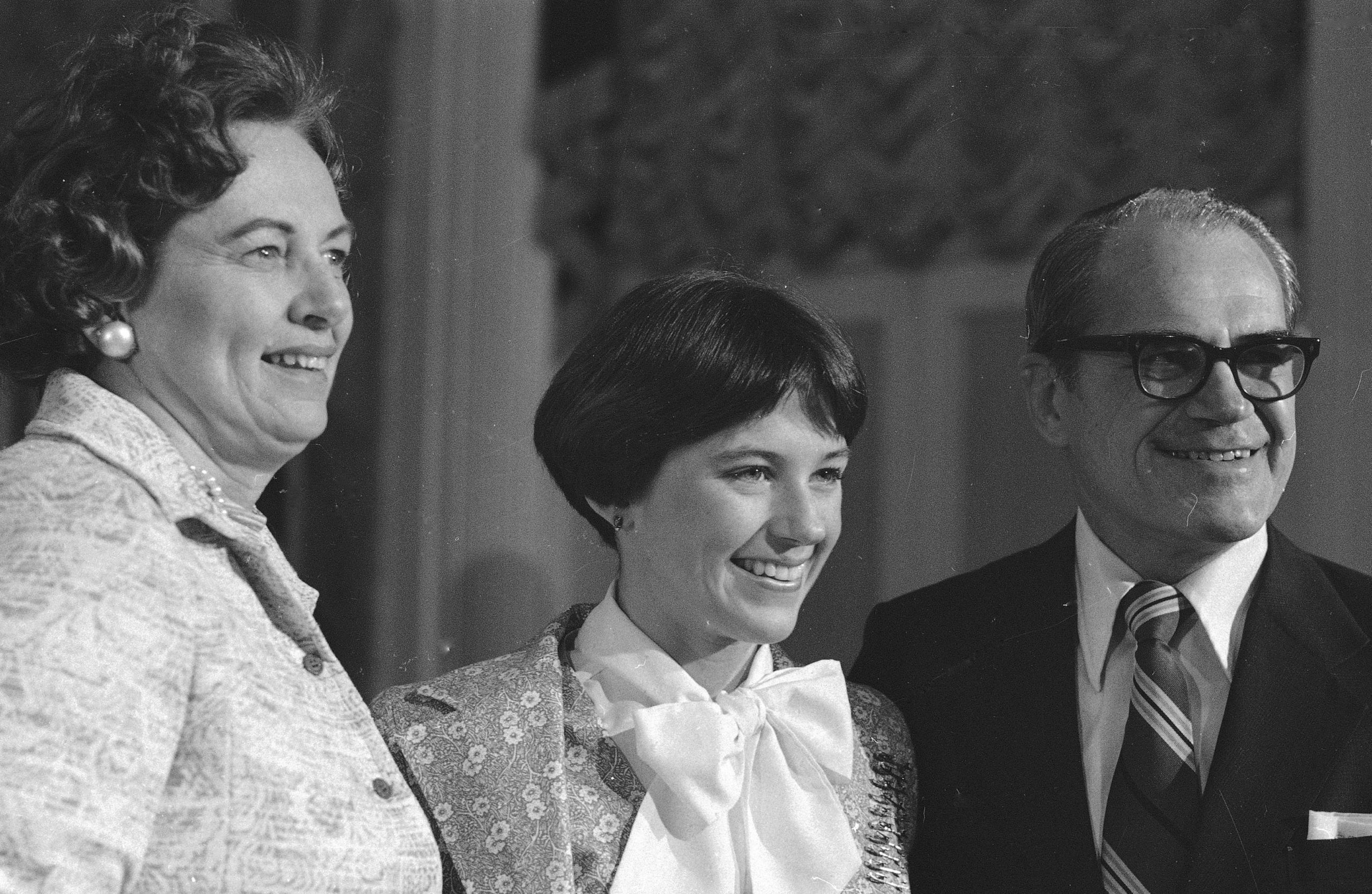
Designed by Vidal Sassoon protégé Trevor Sorbie, the wedge style was a triangular silhouette that cut off right around the ears. Olympic figure skater Dorothy Hamill is the most notable wearer of the style. All eyes were on it after Hamill won the gold medal in 1976.
1977 — Side-Swept Bangs
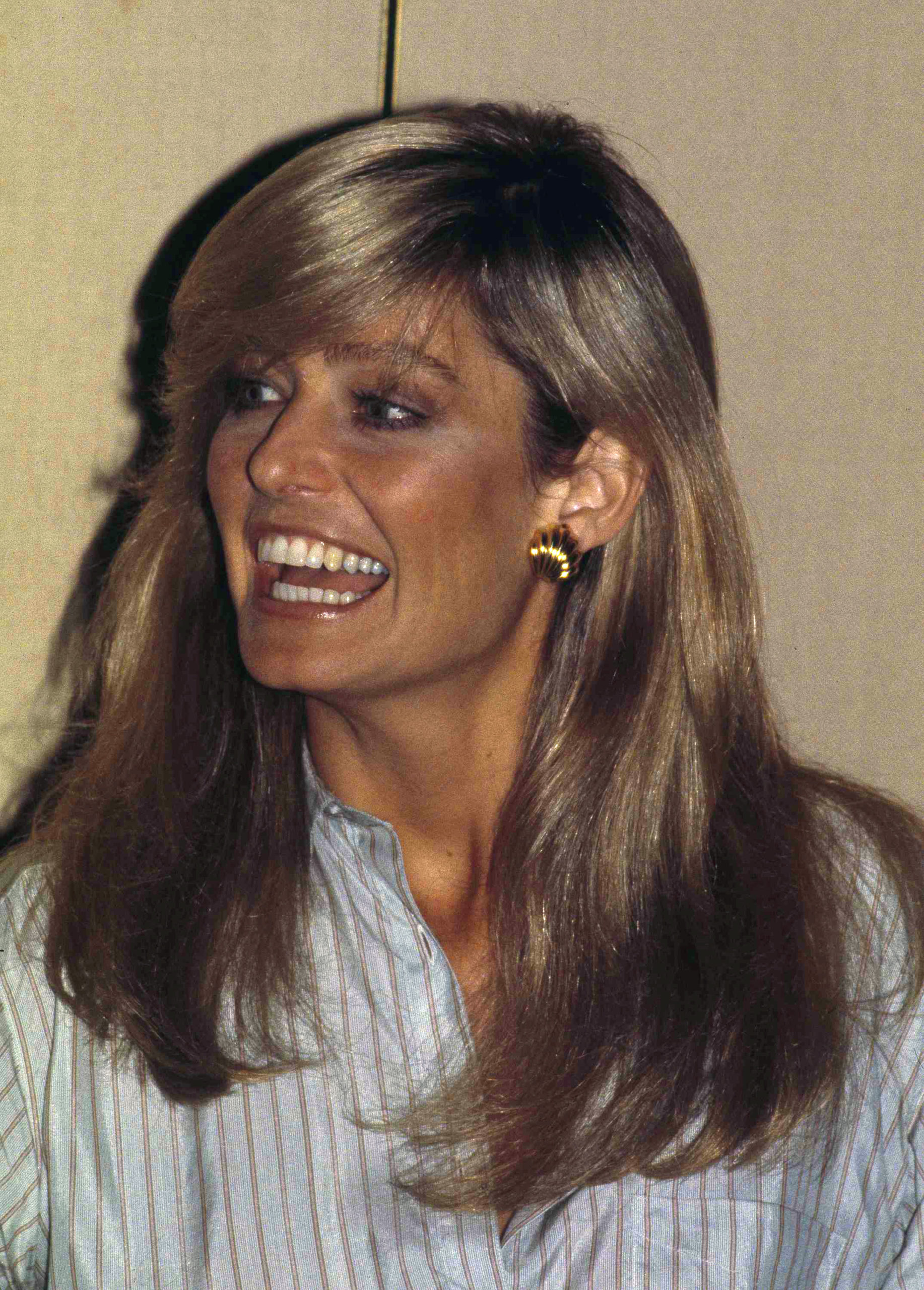
Many ’70s hairstyles were incredibly versatile, such as Farrah Fawcett’s bangs. They could be worn with a center part or swept to the side for a different look. Meryl Streep and Jane Birkin were other famous faces who liked to experiment with their bangs.
1978 — Farrah Waves
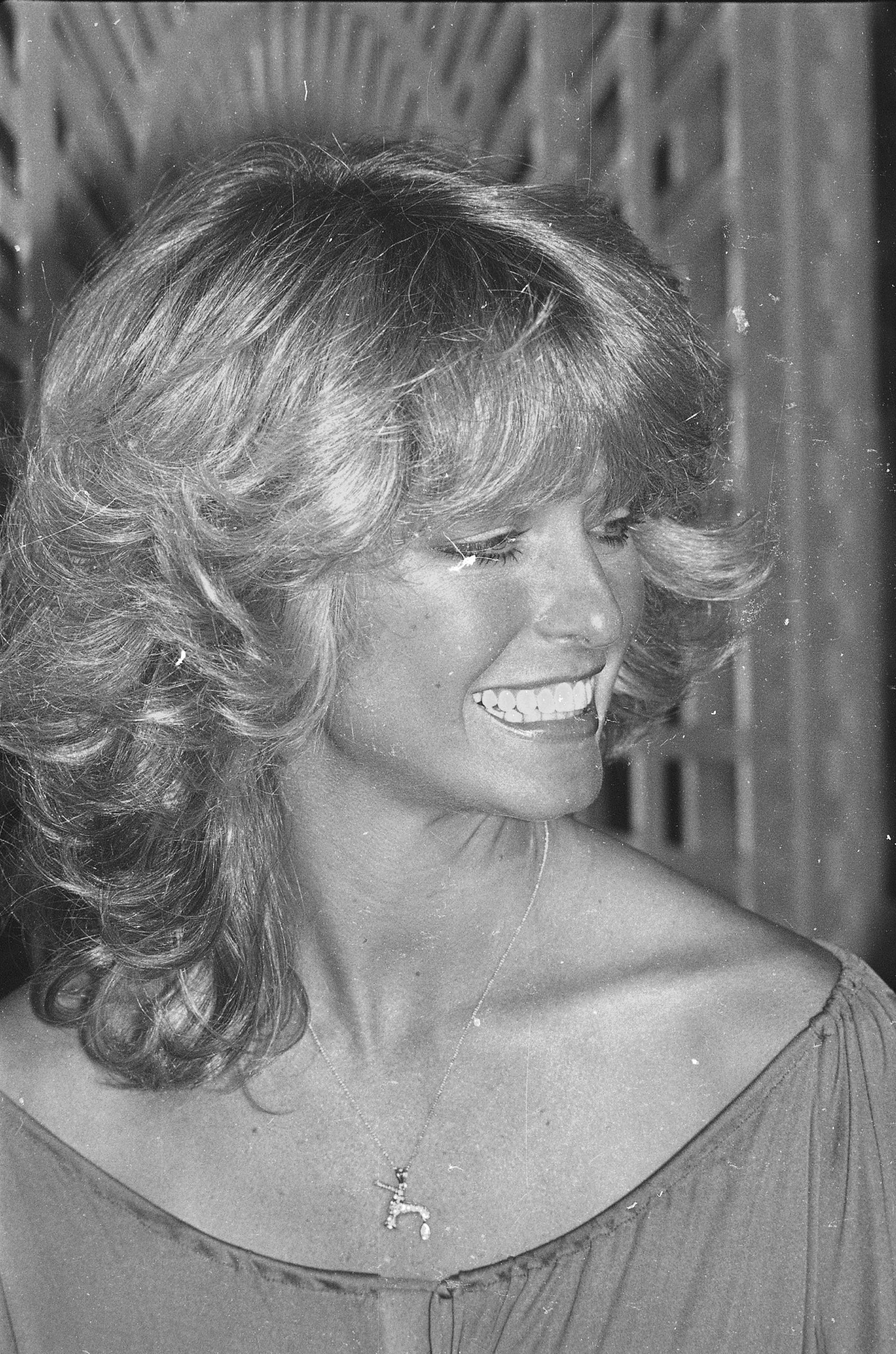
It was Farrah Fawcett’s appearance in “Charlie’s Angels” that cemented her role as a style icon. Her highlighted layers and full, sweeping waves inspired women all over the world to copy the look. The key elements are voluminous waves curled away from the face, and long bangs.
1979 — Rock Chick
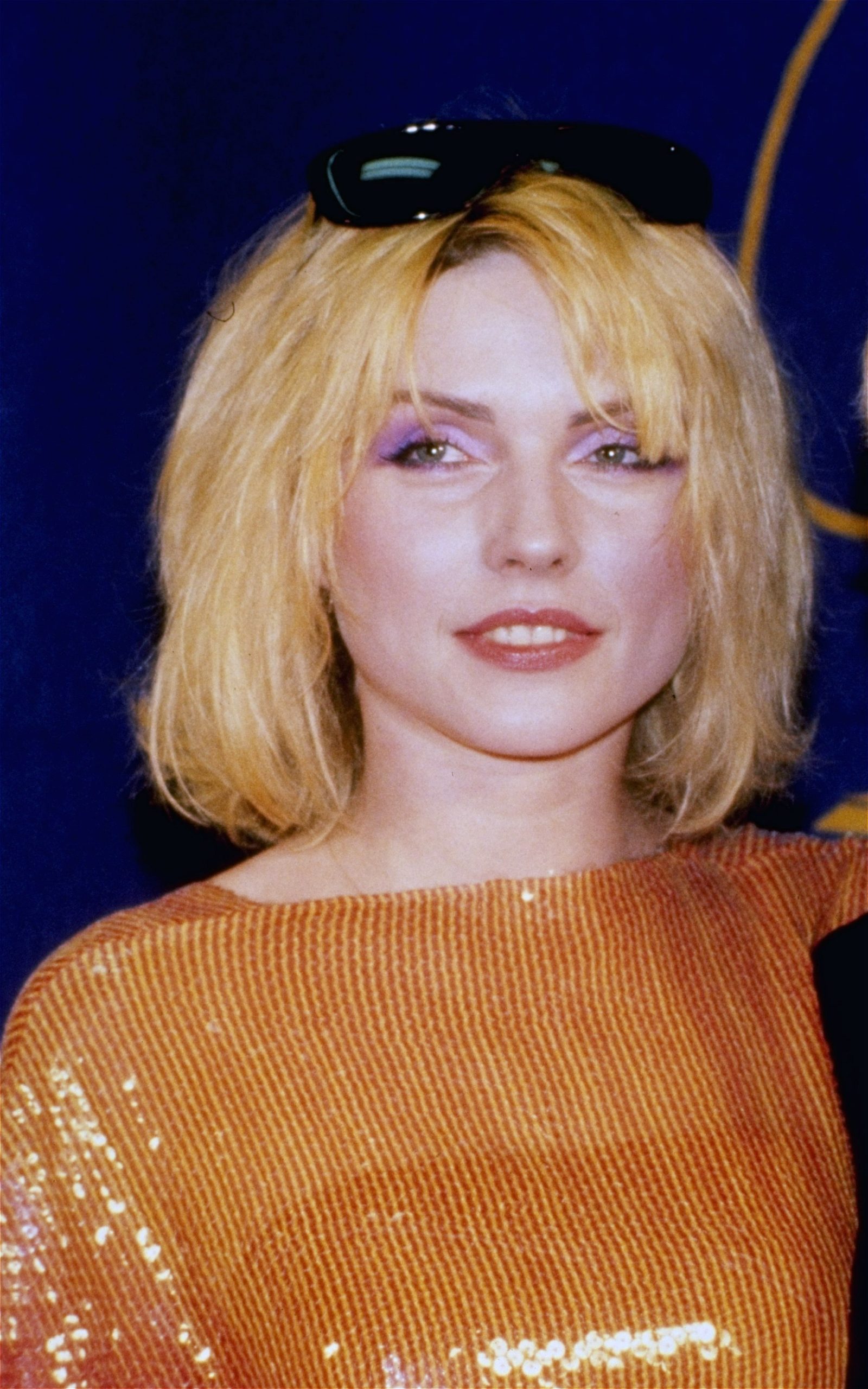
Rocker Debbie Harry was Marilyn Monroe’s equivalent in the ’70s, at least as far as hair color is concerned. Harry brought platinum blond back in style, sometimes with all-over color and sometimes with dark brown underneath the blond. The ultimate rock chick, Harry used choppy layers to create a shaggy look.
1980 — Experimental Color
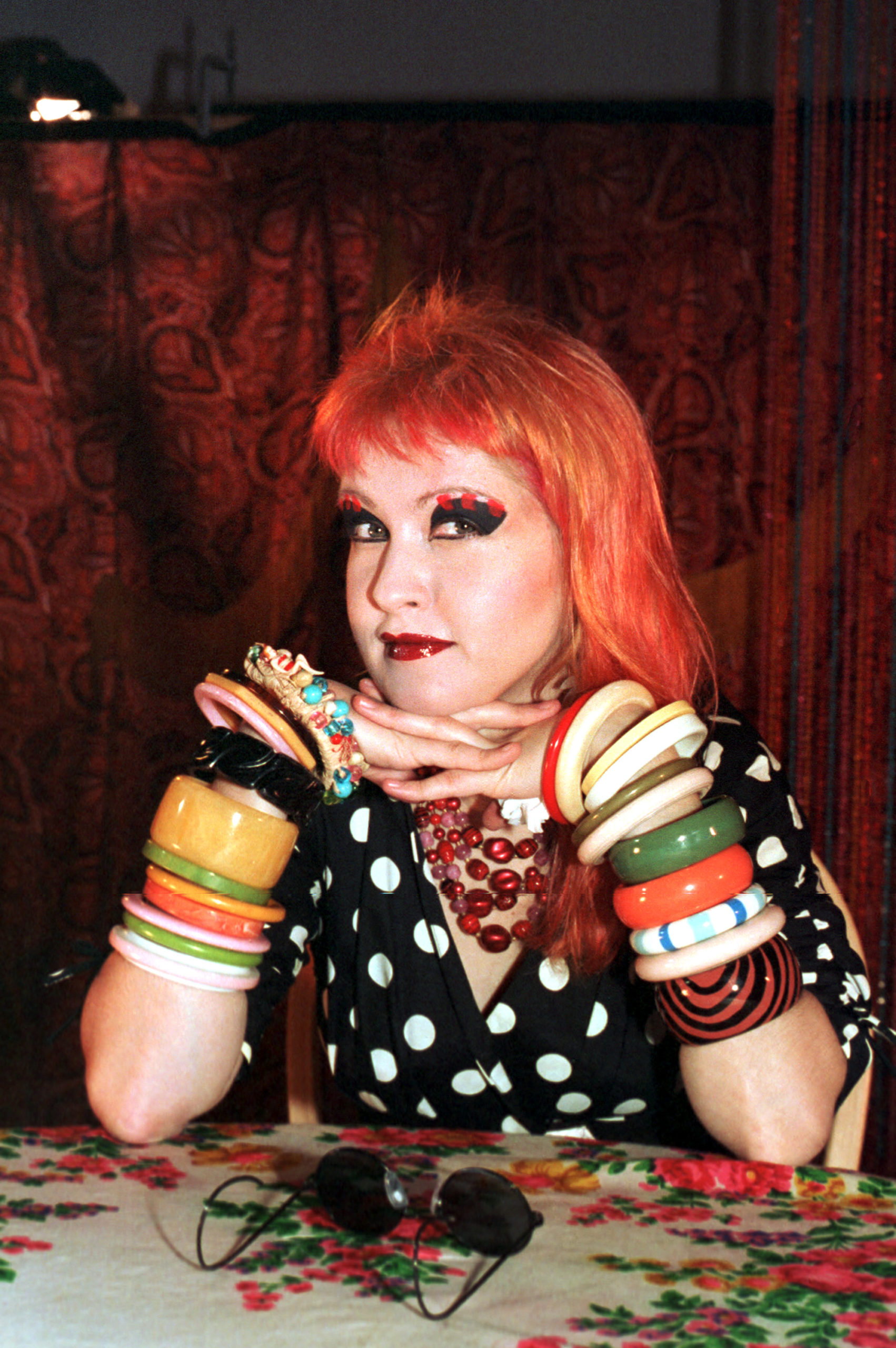
The ’80s was the decade of experimentation when it came to hair. British singer Cyndi Lauper was known for her adventurous color choices, sporting every shade of the rainbow at some point. The rock/punk look that was gaining traction at the end of the ’70s got even wilder in the ’80s, and Lauper was the embodiment of the trend.
1981 — Side Ponytail
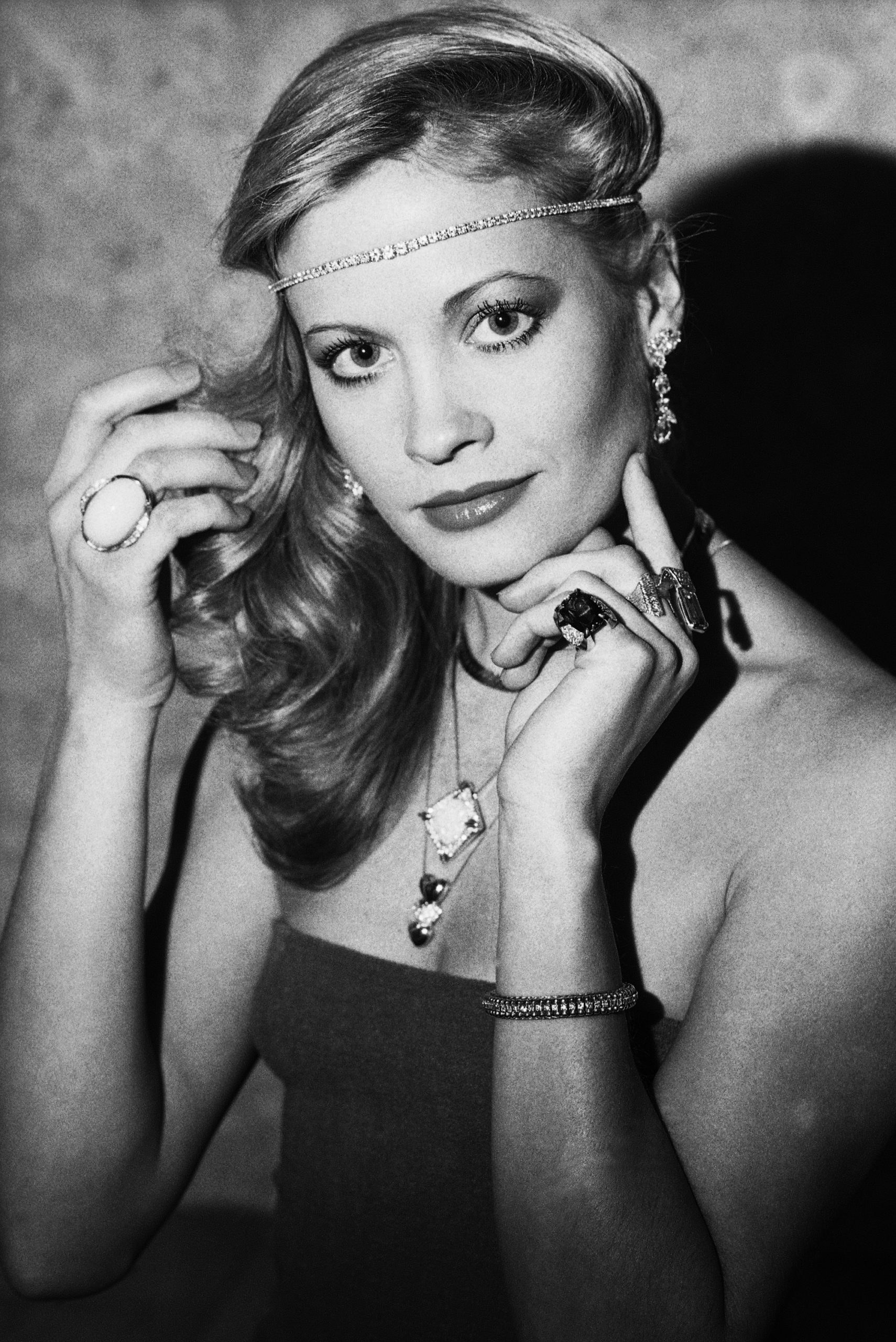
The ponytail was back in the early ’80s — but with a twist. Worn on one side of the head, it could be high or low, messy or sleek. Sparkly accessories added a disco vibe.
1982 — Feathered Bangs
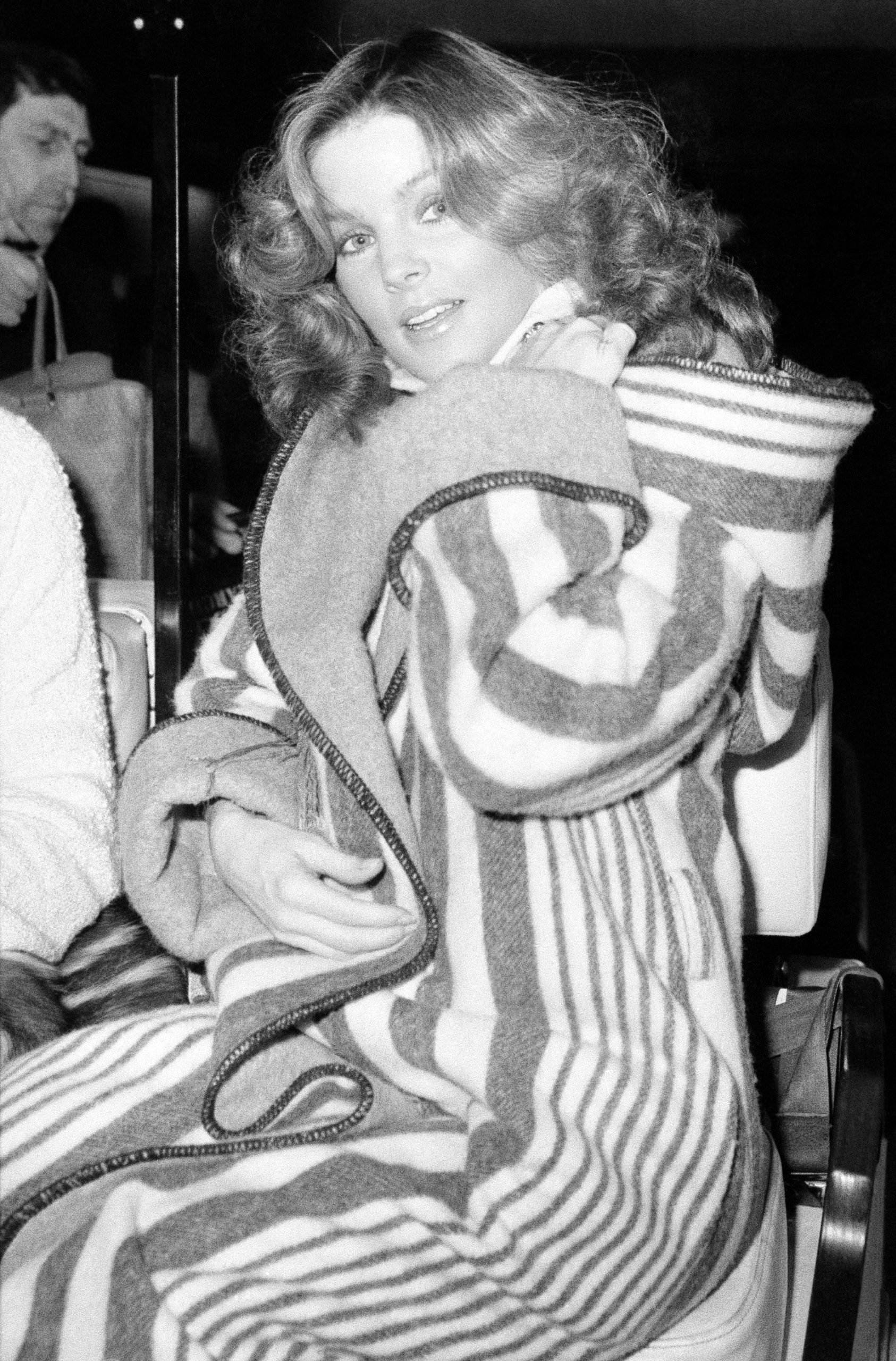
Michelle Pfeiffer and Priscilla Presley (pictured) loved layered, fanned-out bangs in the early ’80s. If you just couldn’t get your bangs to sit straight, this was the answer. For inspiration, check out Pfeiffer in “Grease 2.”
1983 — Hairsprayed Heights
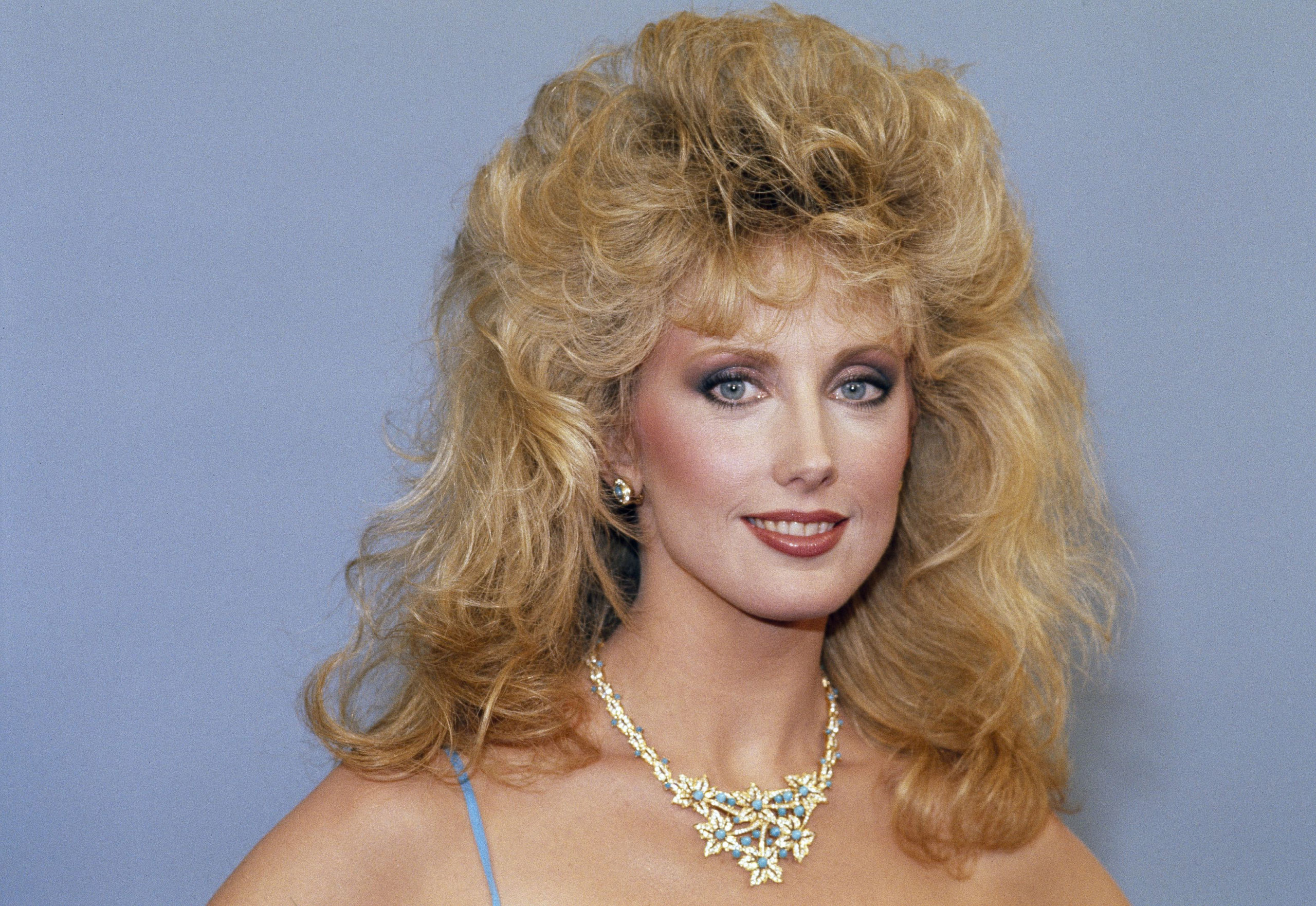
If there was one hair product in everybody’s bathroom cabinet in the ’80s, it was hairspray. Bigger was definitely better when it came to hair, and there’s no way it was staying in place without lashings of lacquer. You couldn’t run your fingers through it, but at least it didn’t move all night, as shown here on Morgan Fairchild.
1984 — The Mullet
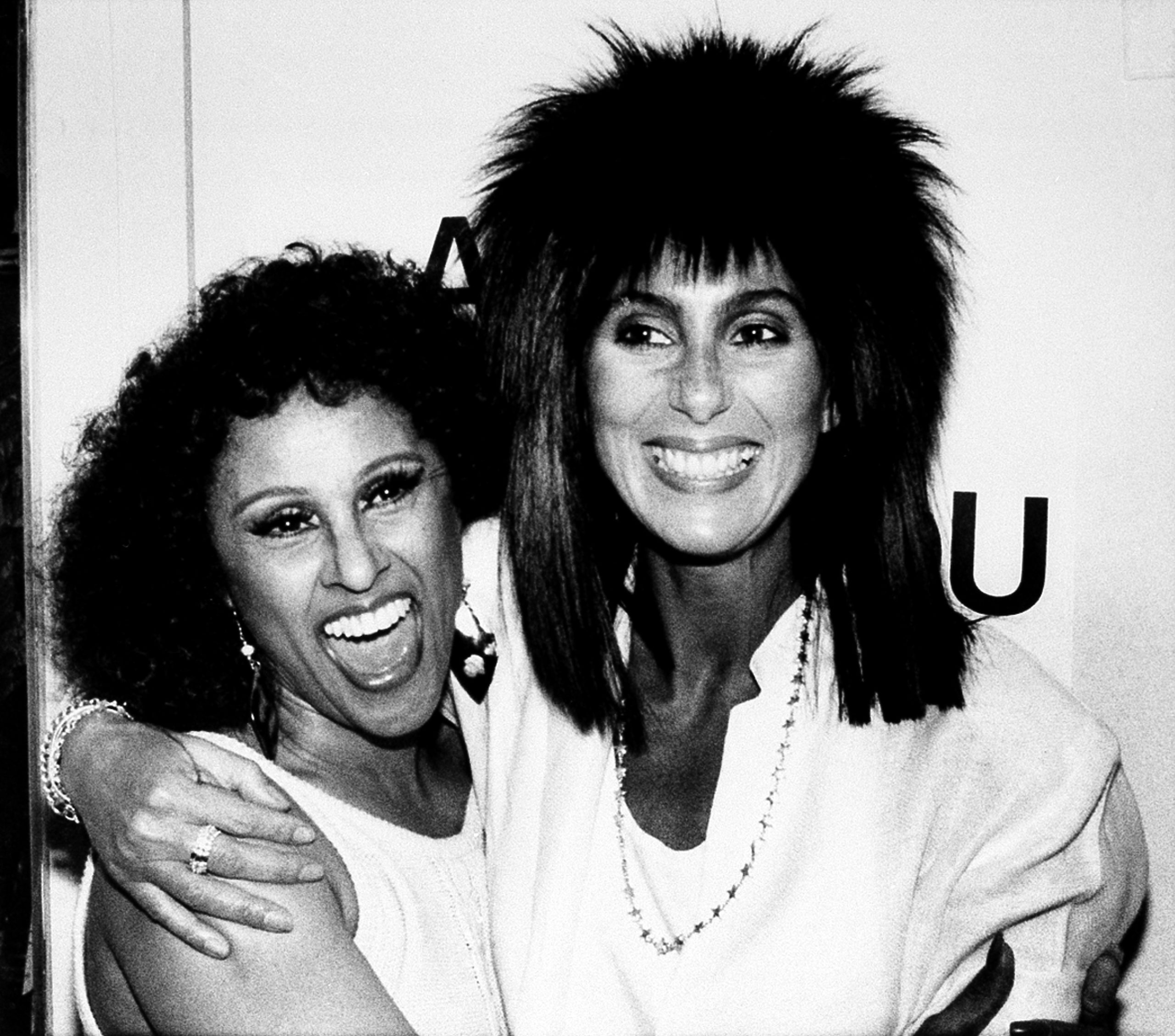
Regularly deemed the worst hairstyle in the world, the mullet first hit the big time in the early to mid-’80s, thanks to celebrities like Cher and Joan Jett. This short-on-top, long-in-the-back look brings back traumatic memories for those who were forced into it as kids. It may not be a good look, but it’s certainly unforgettable.
1985 — The Perm
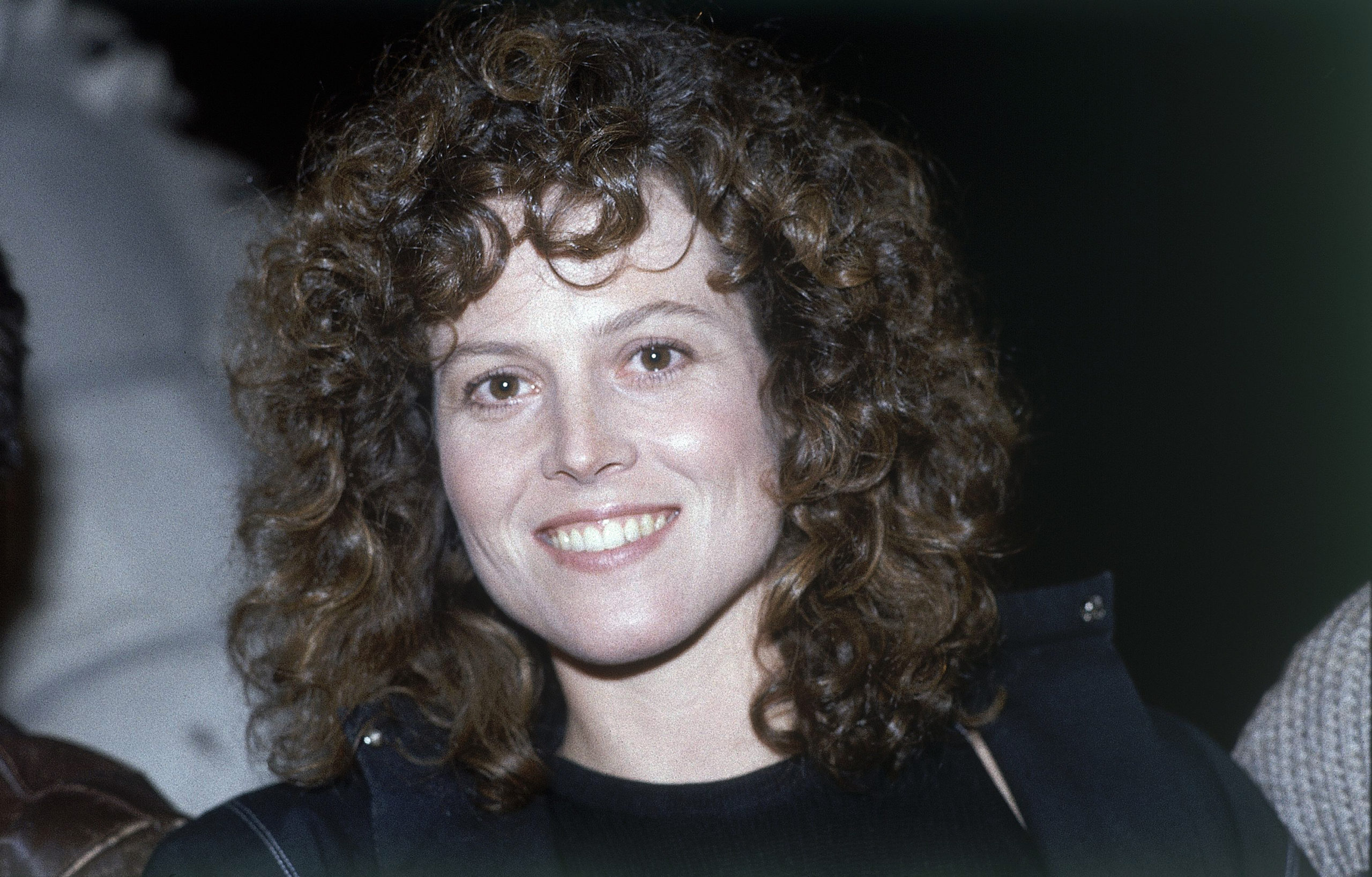
Curls were within everyone’s reach in the ’80s, thanks to the perm. It took hours at the salon, but it was the ultimate hair makeover for those not blessed with natural curls. Cher, Sigourney Weaver (pictured), Whitney Houston and Dolly Parton all donned curly styles, providing inspiration to the masses.
1986 — Crimped
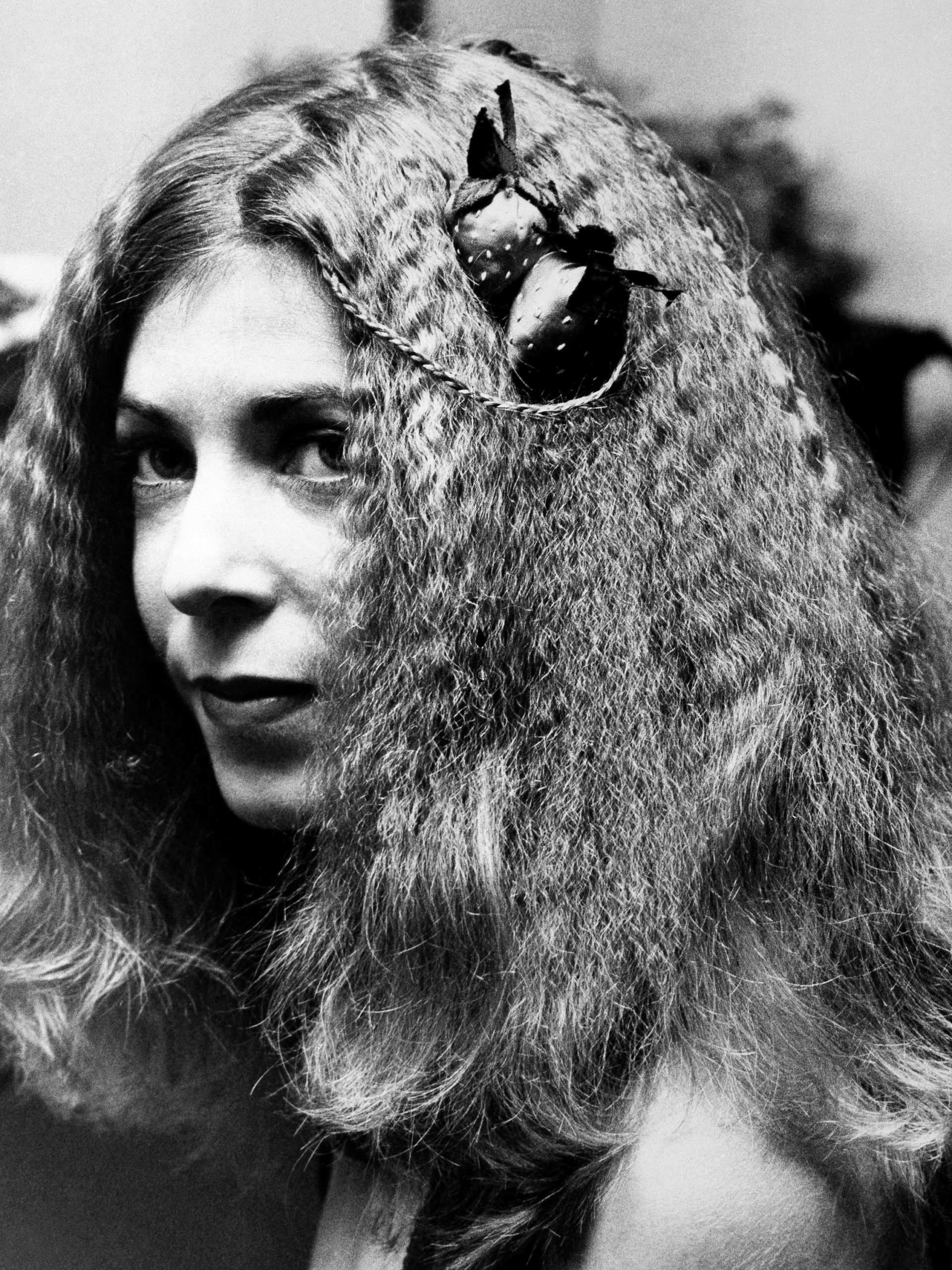
If you didn’t want curls in the ’80s, there was another option. Crimped hair, made possible by a clamp-down device, became a trend. And it hasn’t ever fully gone away.
1987 — Red
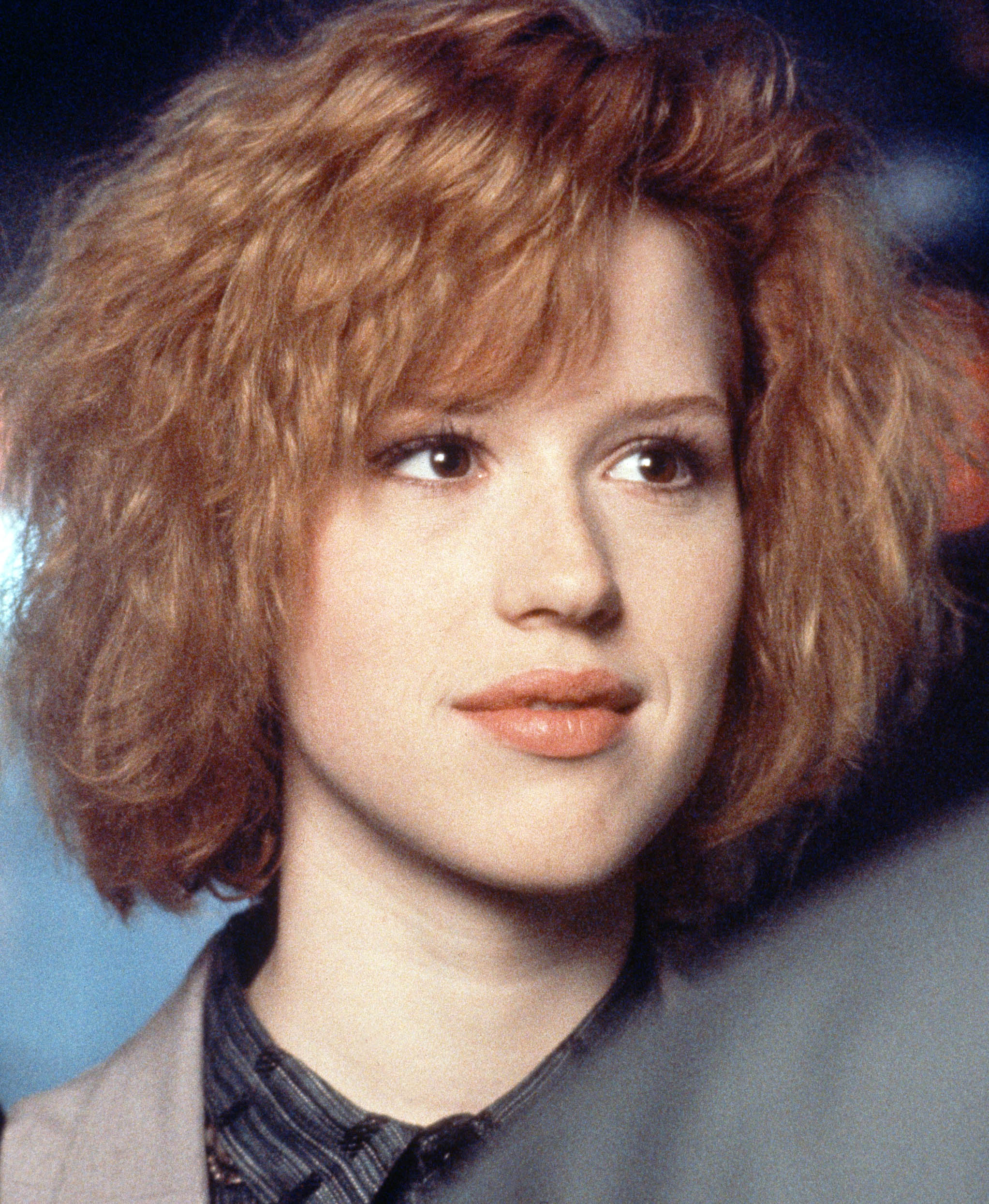
By 1987, Molly Ringwald had starred in “Sixteen Candles,” “The Breakfast Club” and “Pretty in Pink,” flying the flag for red-headed girls everywhere. And if you didn’t have a natural auburn hue, you did the next best thing: Hit up the drug store for some boxed hair dye.
1988 — Curly Bob
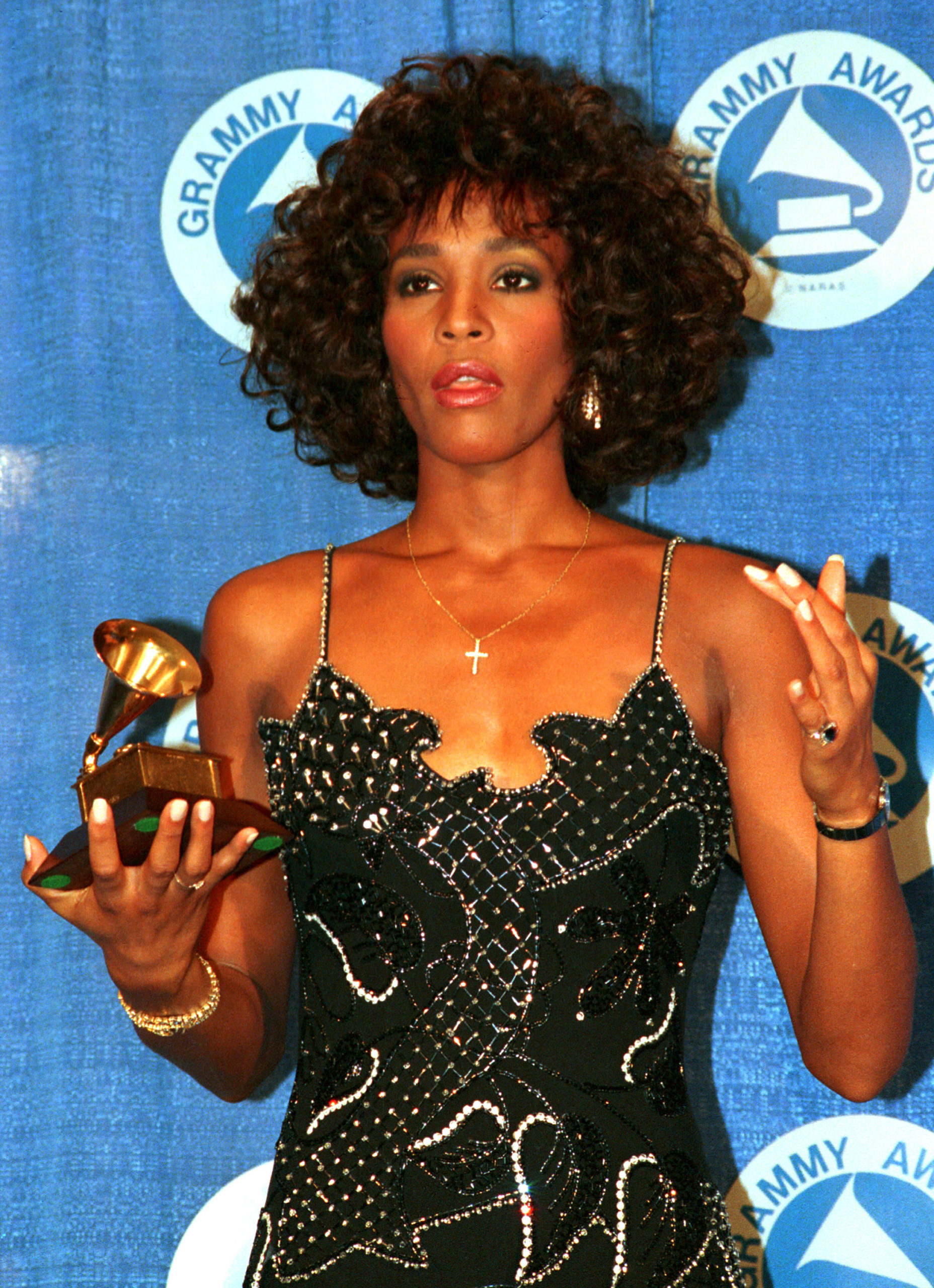
By the late ’80s, curls were still dominating the hair game — and nobody did curly better than Whitney Houston. After years of sporting lengthy spirals, she debuted the most voluminous curly bob in hair history.
1989 — Long, Natural Curls
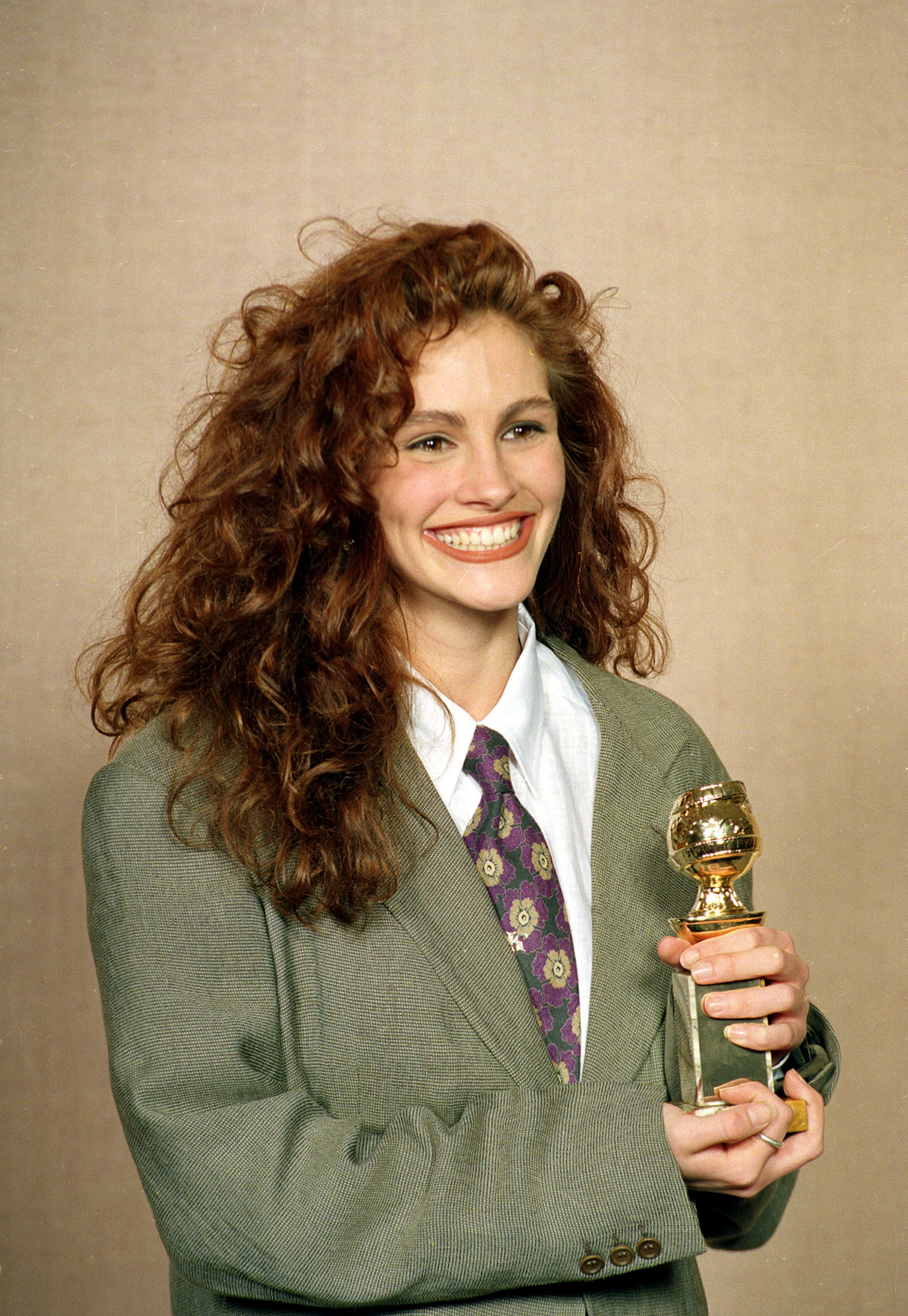
When Julia Roberts came on the scene in the late ’80s, curls were starting to take a gentler shape. Accepting the Golden Globe for Best Supporting Actress for her role as Shelby in 1989’s “Steel Magnolias,” Roberts wore her hair long, loose and curly. She continued to embrace her curls in the following year’s “Pretty Woman,” and Mariah Carey made a similar statement with her bouncy coils.
1990 — Regal Short Cut
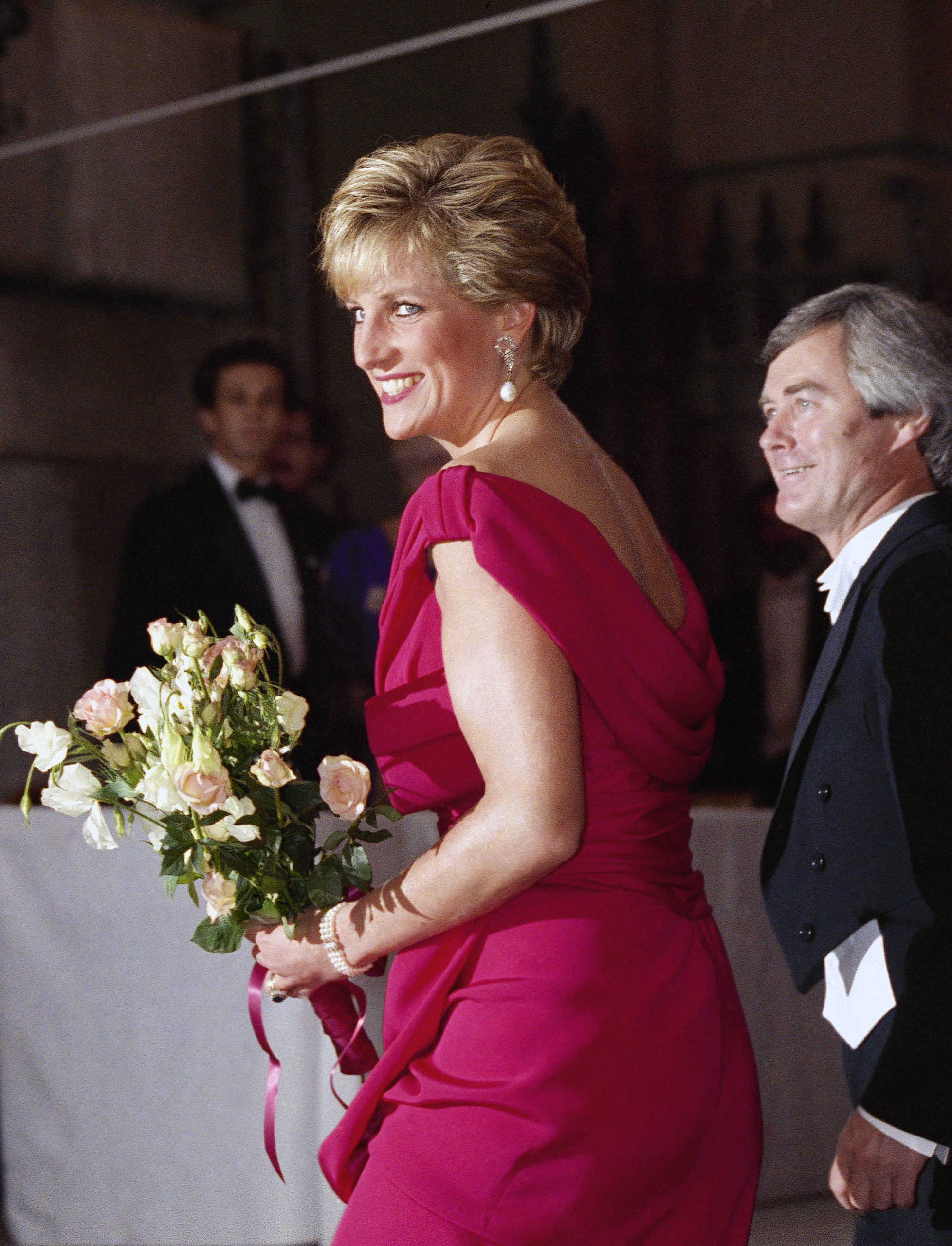
After years of long hairstyles taking the majority vote, Princess Diana inspired the women of the world to go short. Her famous crop was the work of celebrity hairstylist Sam McKnight — but it came about by accident. For a Vogue shoot, McKnight tucked the Princess’s hair underneath her tiara to make it appear shorter, which prompted Diana to ask him if he wanted to cut it short for real.
1991 — Big, Bouncy Waves
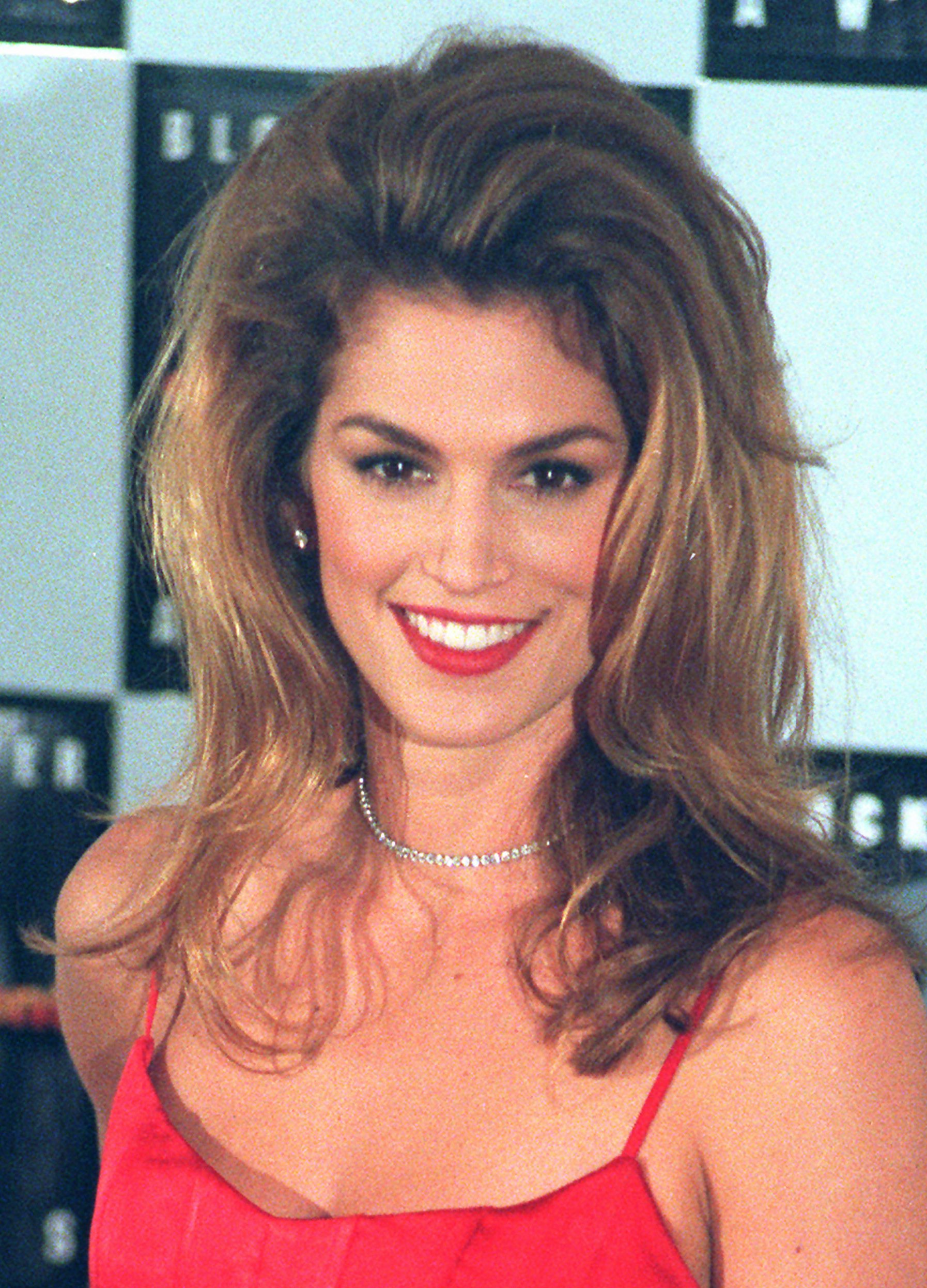
Supermodel Cindy Crawford was an early ’90s fashion icon, and she made retro hair cool again when she showed up to the 1991 Oscars with her then-boyfriend Richard Gere. Her big, bouncy waves were perfect for anyone who wasn’t adventurous with their hair but still wanted to switch it up on a night out. Think “girl next door” with a hint of glamour.
1992 — Short And Curly
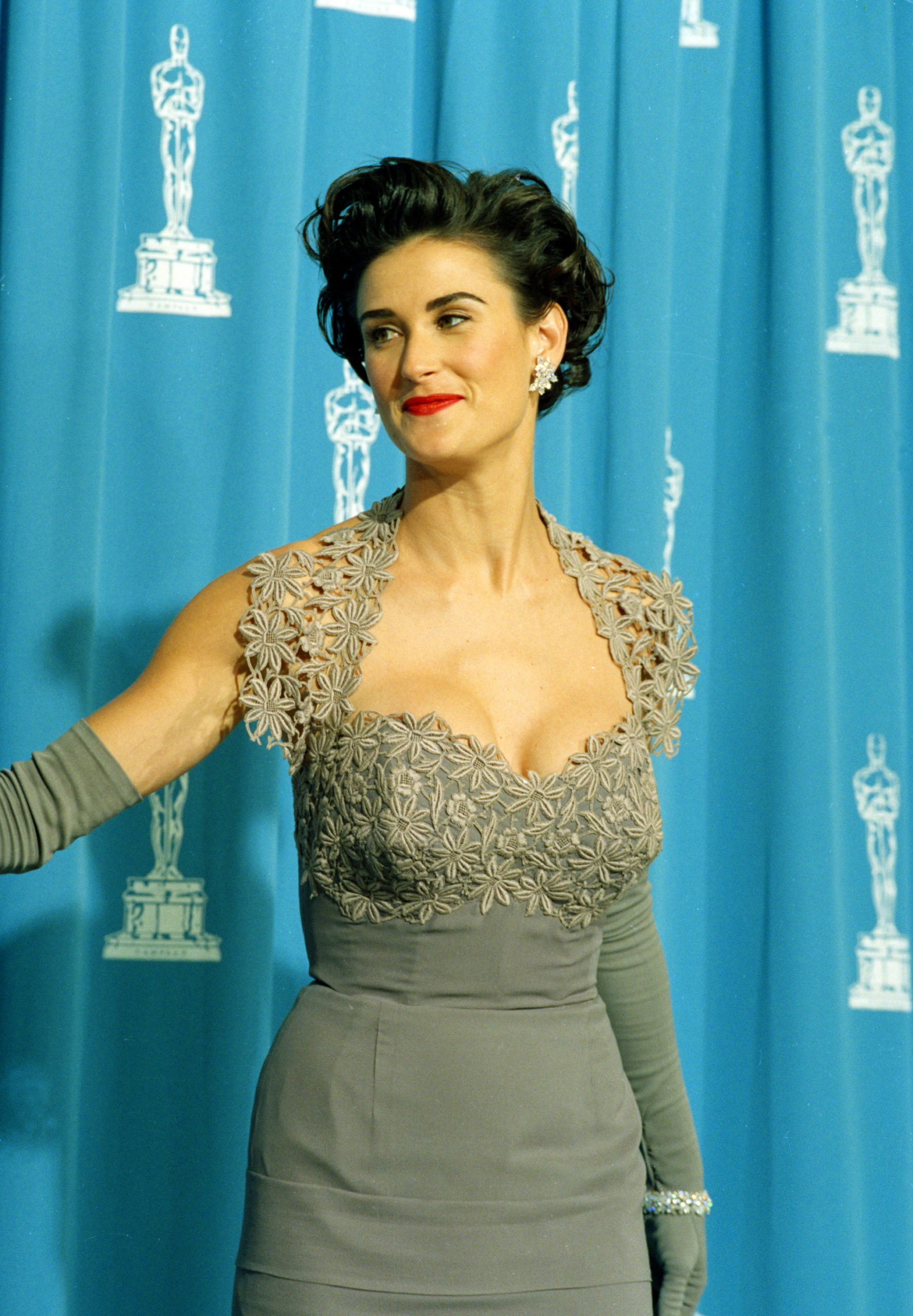
Demi Moore exuded Hollywood glam at the 1992 Oscars, where she paired her gown and long gloves with a short, curly hairdo. Her elbow-length locks may have become her signature look, but at this stage in her career she was always keen to experiment. She even shaved her head for her role in 1997’s “G.I. Jane.”
1993 — Box Braids
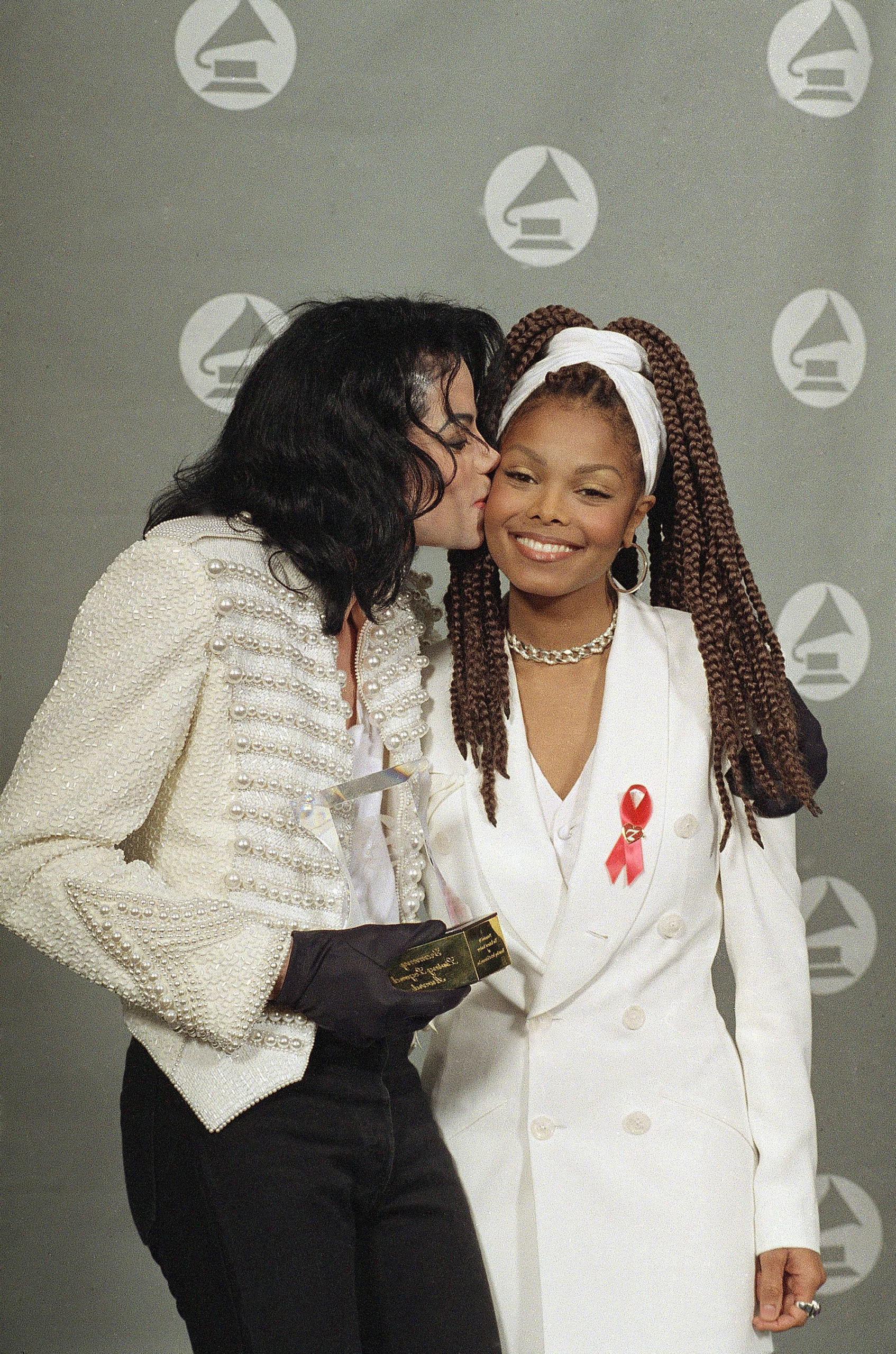
Janet Jackson wore box braids in her 1993 big-screen debut “Poetic Justice,” and the trend caught on. Brandy, Lisa Bonet and Jada Pinkett (in her pre-Will Smith days) also loved this style in the ’90s.
1994 — Sleek Bob
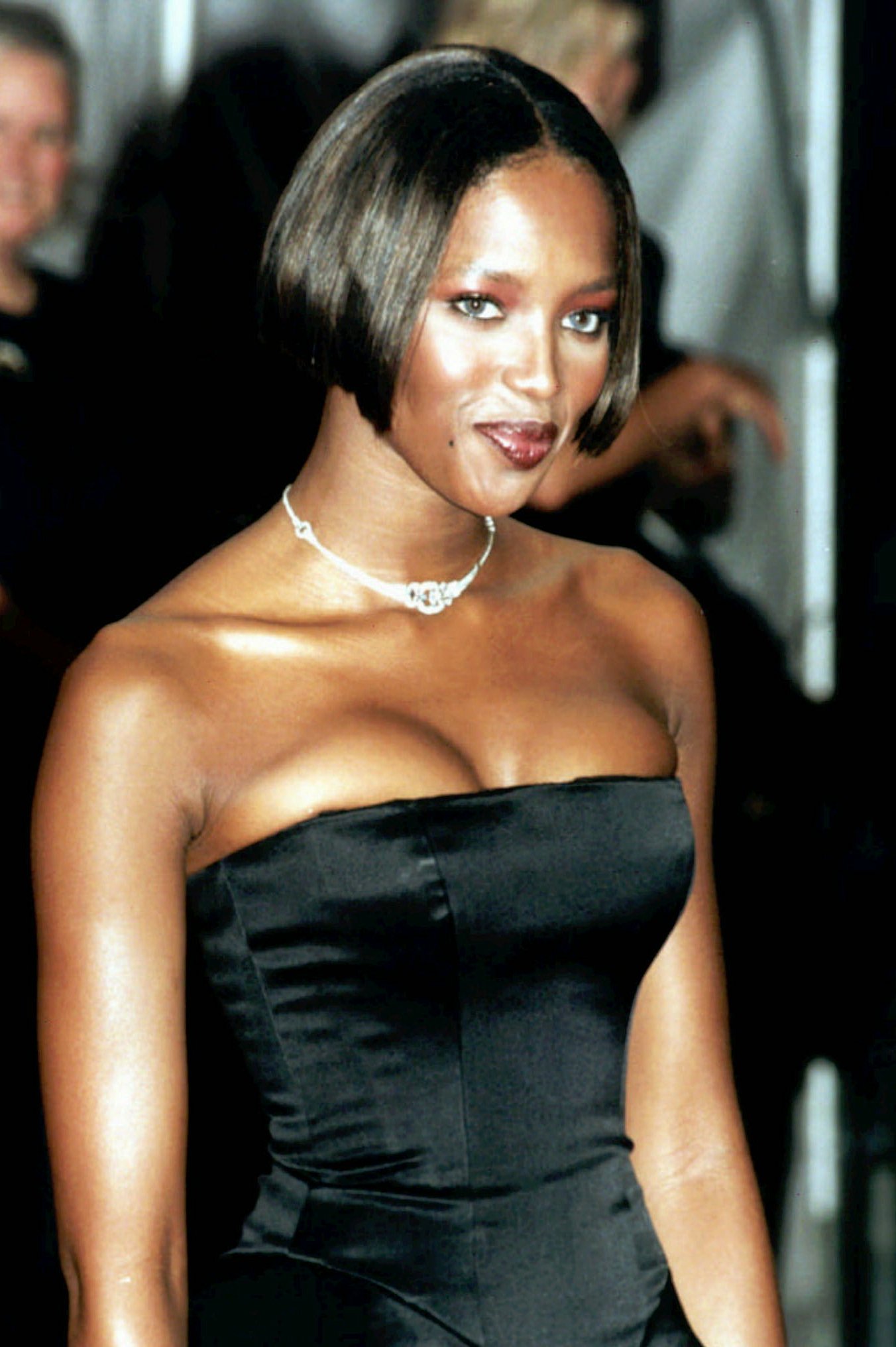
The blunt, short bob was one of the most popular hairstyles of the mid-’90s. It was a supermodel favorite, with the likes of Naomi Campbell and Linda Evangelista sporting it both on and off the runway. It was a high-maintenance choice, though, best suited to poker-straight hair.
1995 — ‘The Rachel’
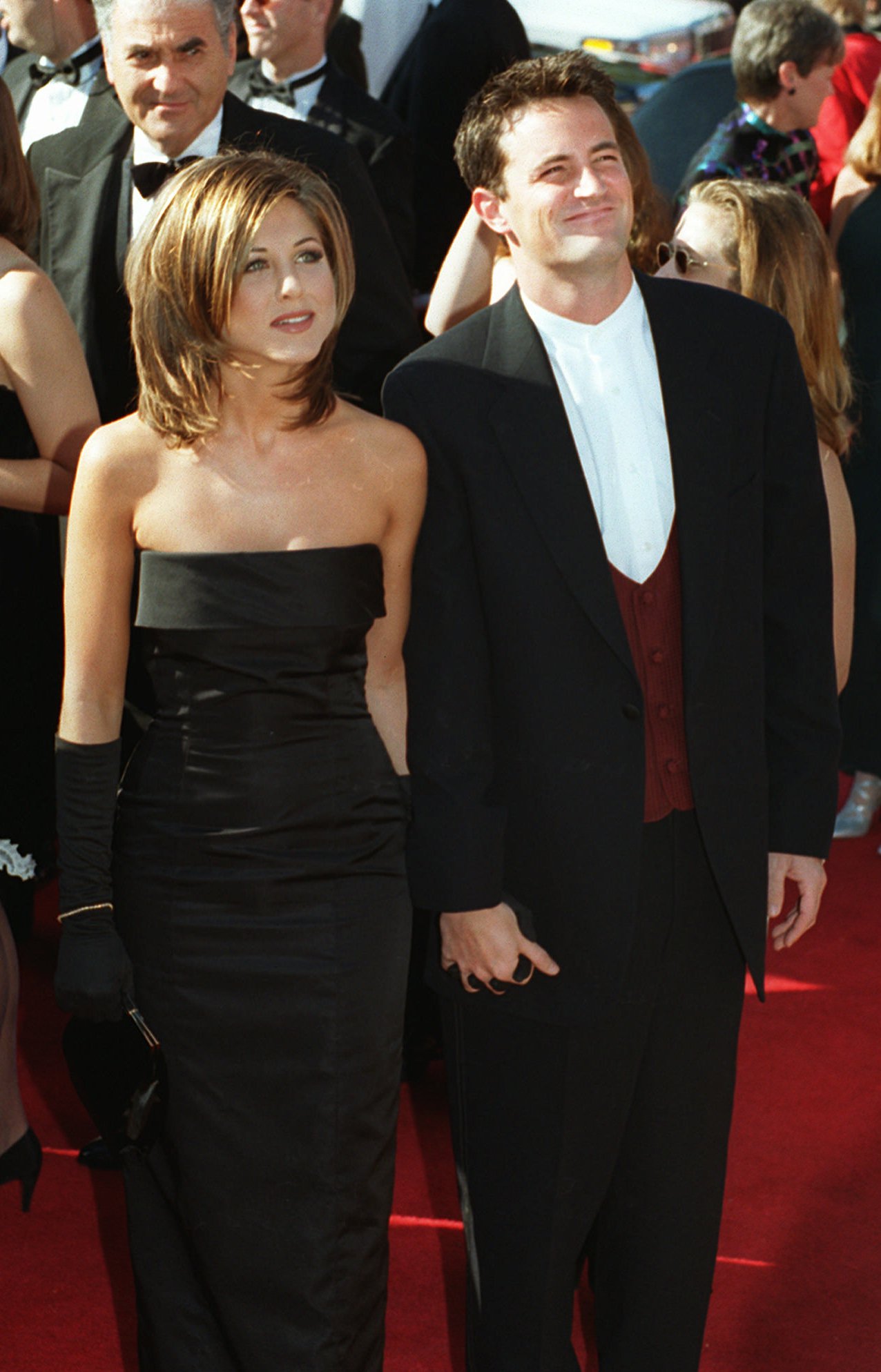
Not many TV characters have hairstyles named after them, but Jennifer Aniston’s character in “Friends” was an exception to the rule. Viewers raced to the salon to get their own version of “The Rachel,” a shoulder-skimming cut with layers and golden highlights. Aniston, however, wasn’t a fan, and she later dubbed this hairstyle “the ugliest haircut I’ve ever seen.”
1996 — Wild Streak
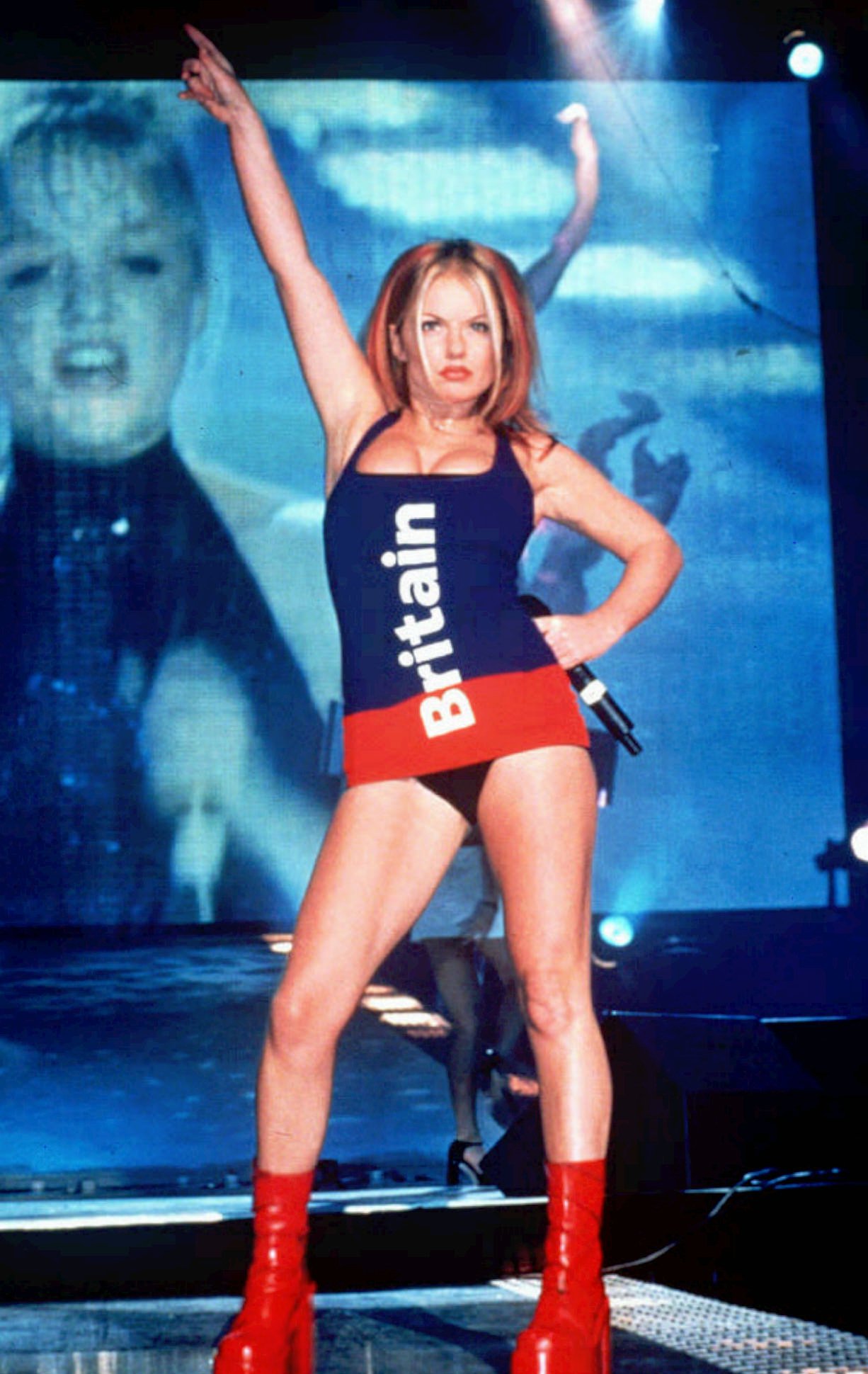
The wildest member of the Spice Girls also had the wildest hair. Geri Halliwell, aka Ginger Spice, inspired millions of young girls — and some older ones — to streak their hair with bright red, orange and pink. Gwen Stefani and Christina Aguilera are other stars who dipped into the rainbow hair trend.
1997 — Long And Layered
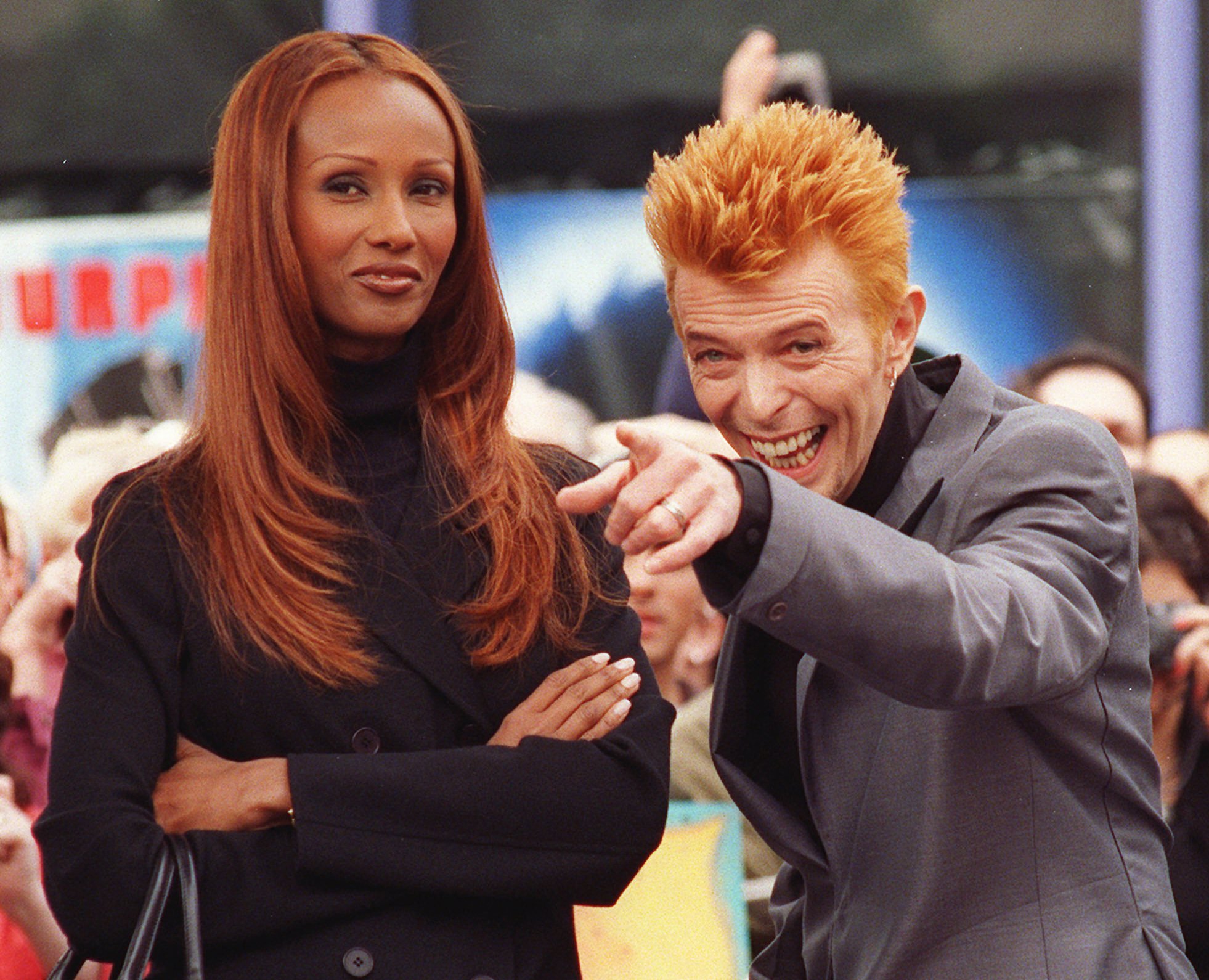
Supermodel Iman’s long, layered hair is arguably the most ’90s style of them all. Jennifer Lopez, Gwyneth Paltrow and Alicia Silverstone all embraced this look. The more layers, the better.
1998 — Short Bangs
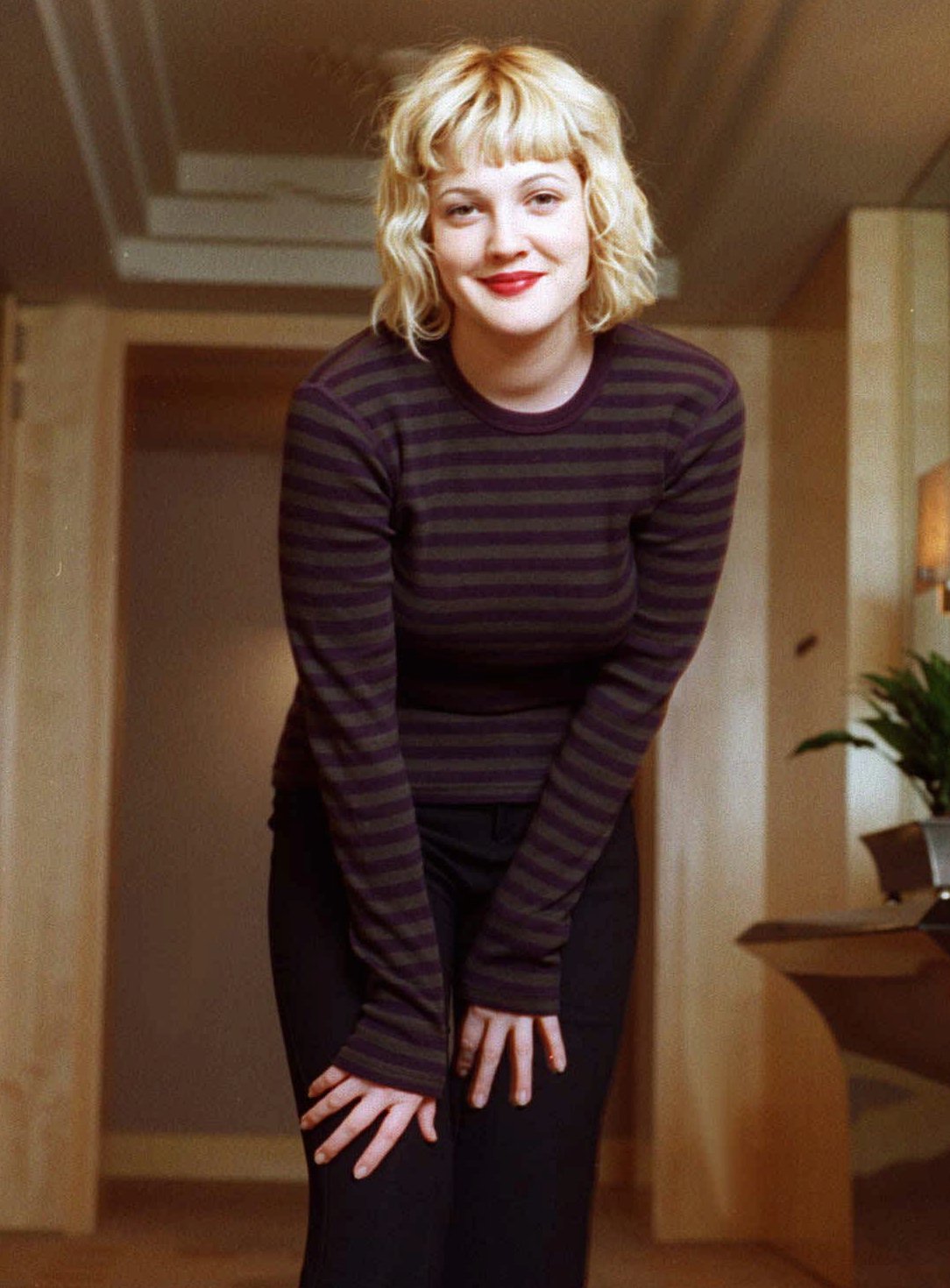
Drew Barrymore’s bleach-blond, tousled bob with short bangs was the perfect late ’90s grunge look. It’s not the easiest hairstyle to pull off, but Barrymore knew how to rock it. She was also known to walk the red carpet with flower hair clips — nailing two ’90s hair trends at once.
1999 — Soft Crop
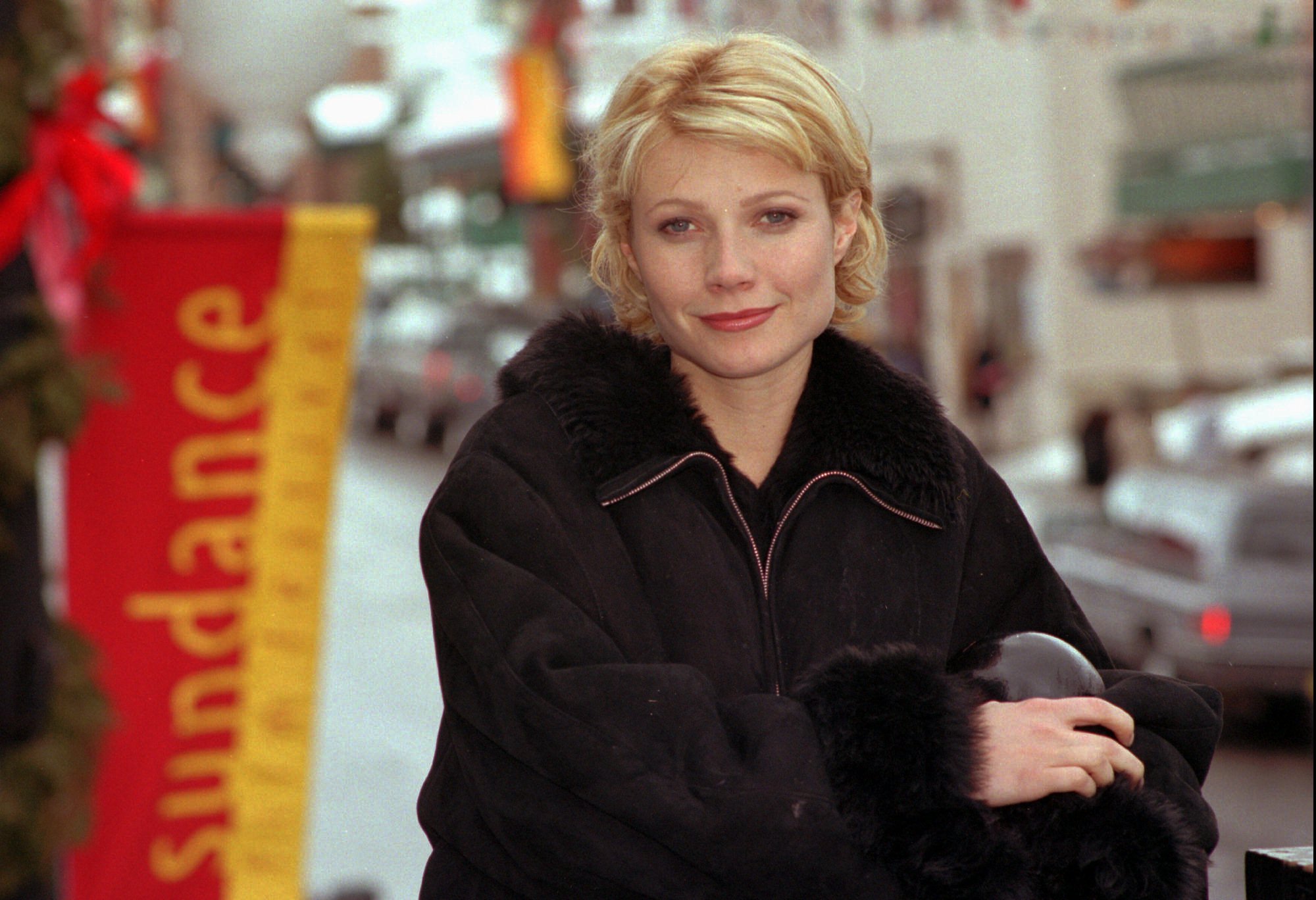
The 1998 movie “Sliding Doors” introduced Gwyneth Paltrow to the pixie cut, which she later grew out into a soft crop with curls at the ends. She never went short again, but her brief flirtation with short hair will be remembered for inspiring many women to get the chop themselves.
2000 — Super Straight
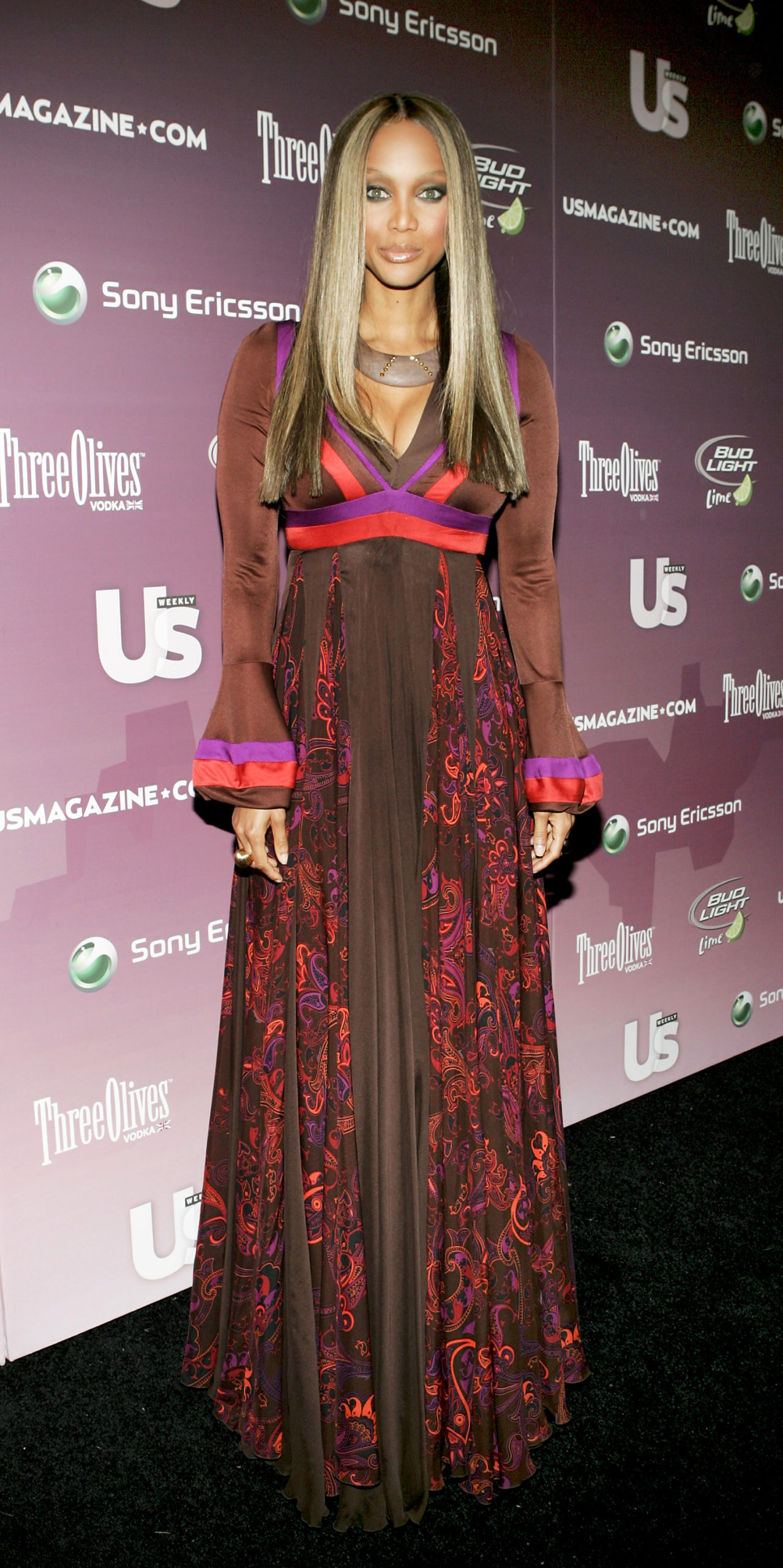
Pin-straight hair was everything in the 2000s, and nobody wore it better than supermodel Tyra Banks. Aaliyah, Jennifer Aniston and Christina Aguilera were also fans of the straightener. Worn with a center part and a high shine, there was nothing more current for that era.
Sponsored Content


